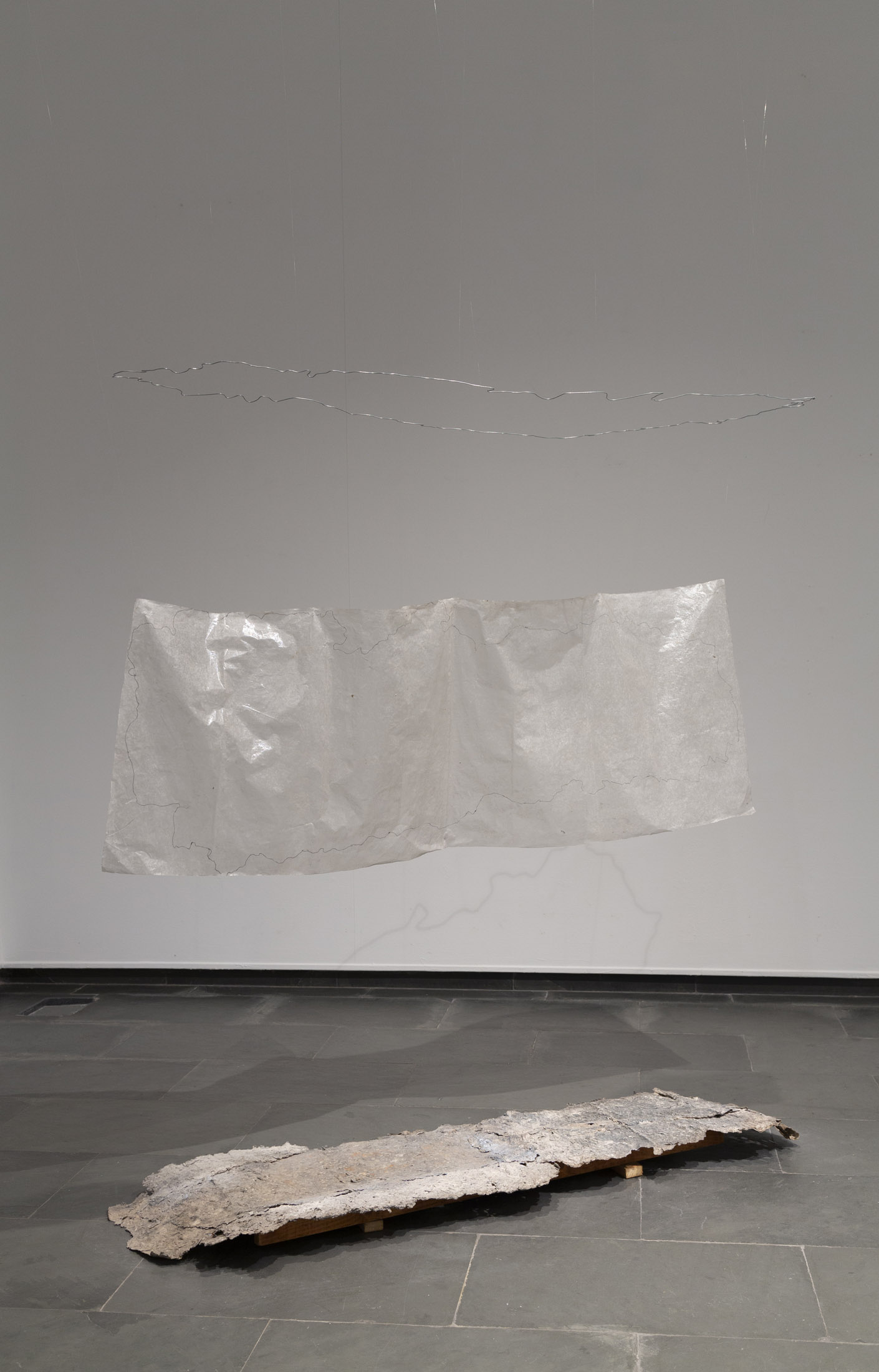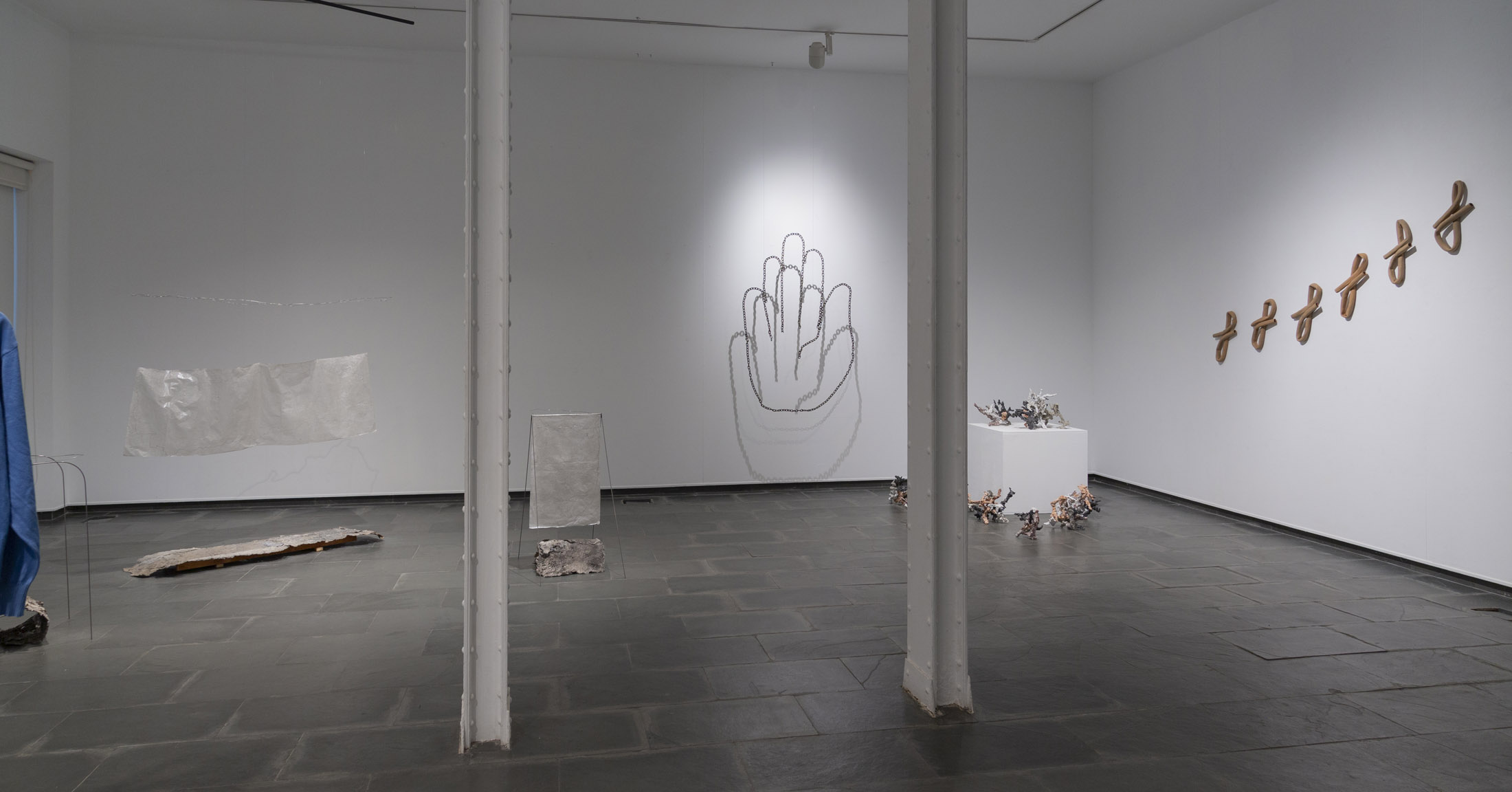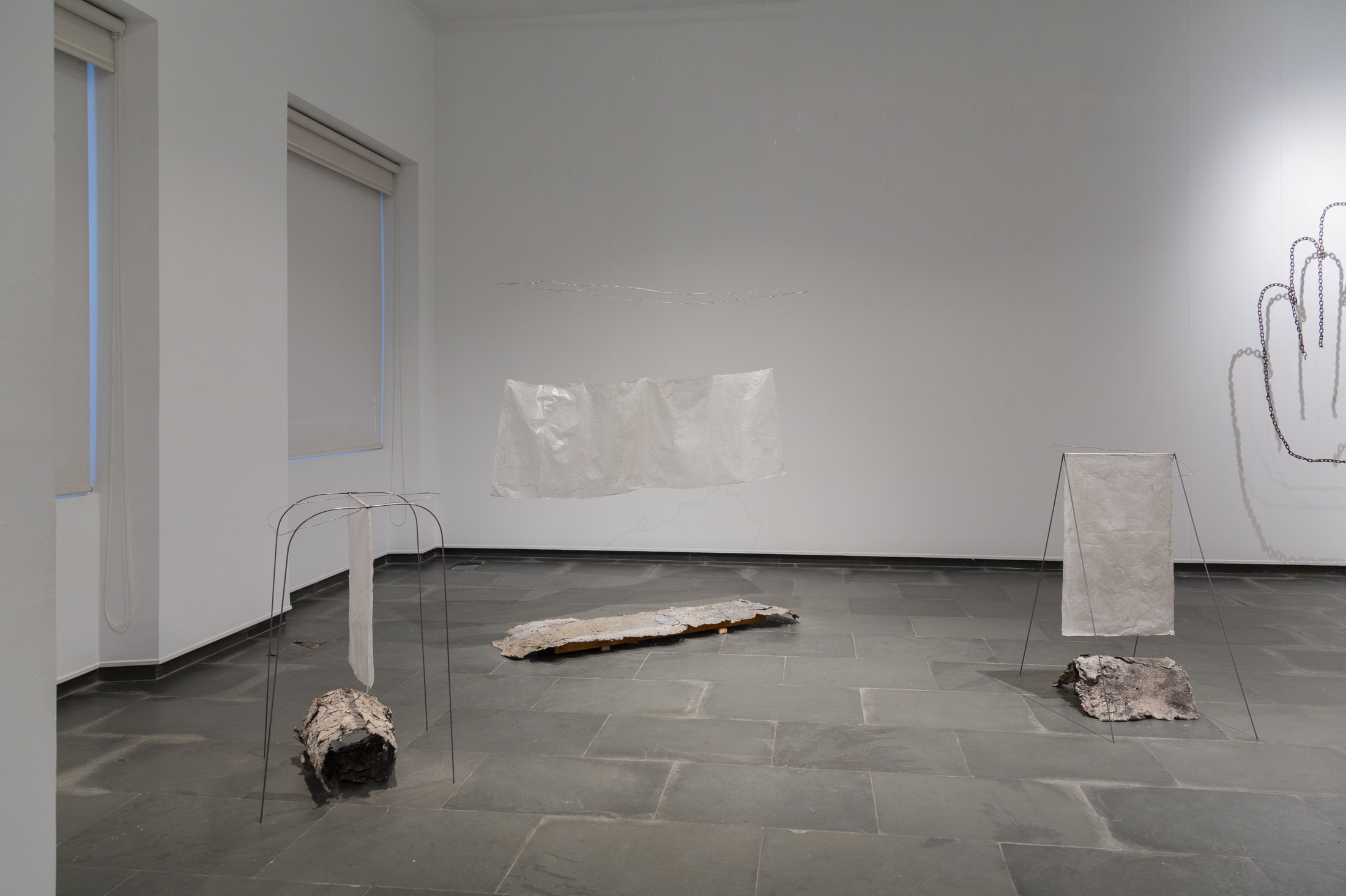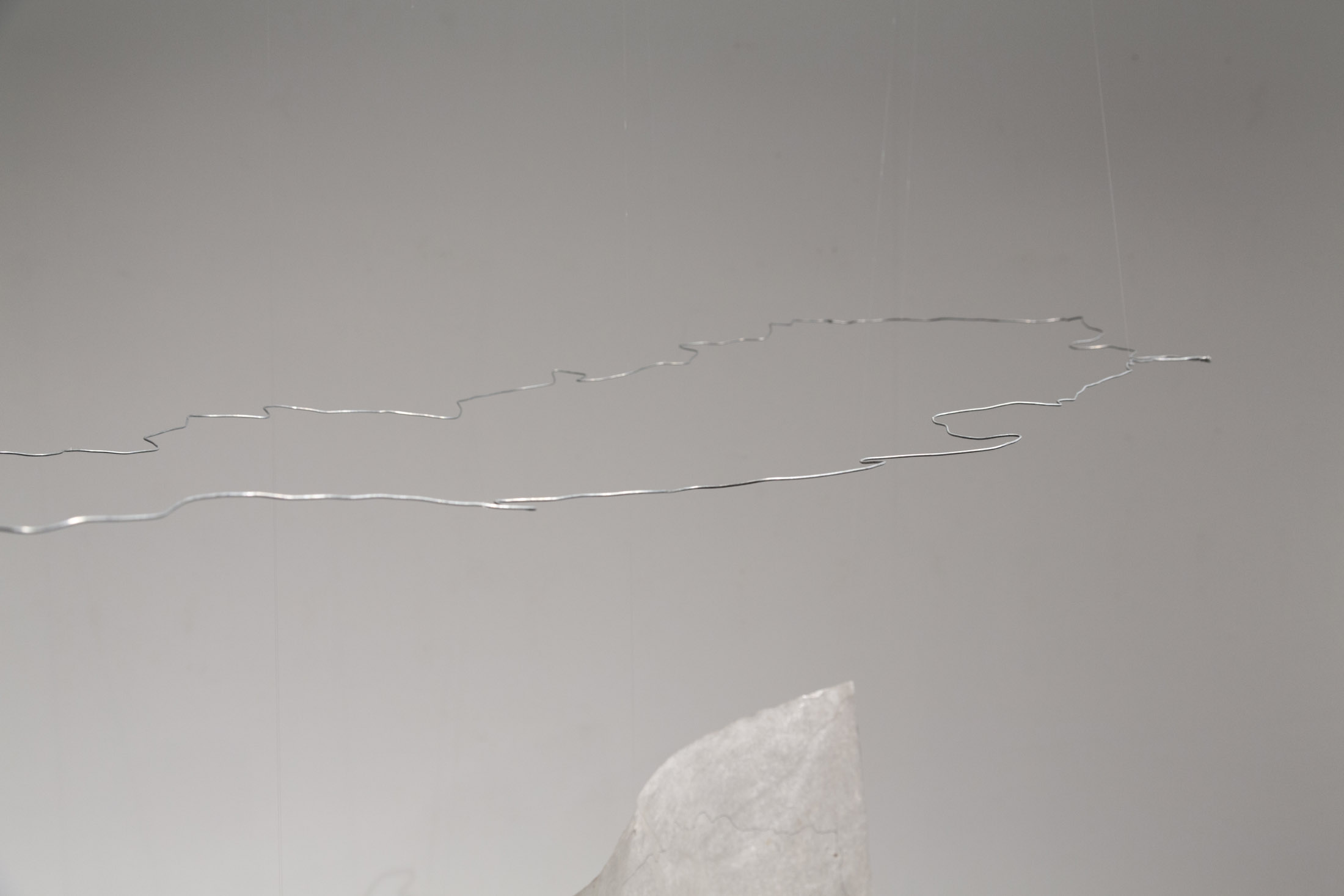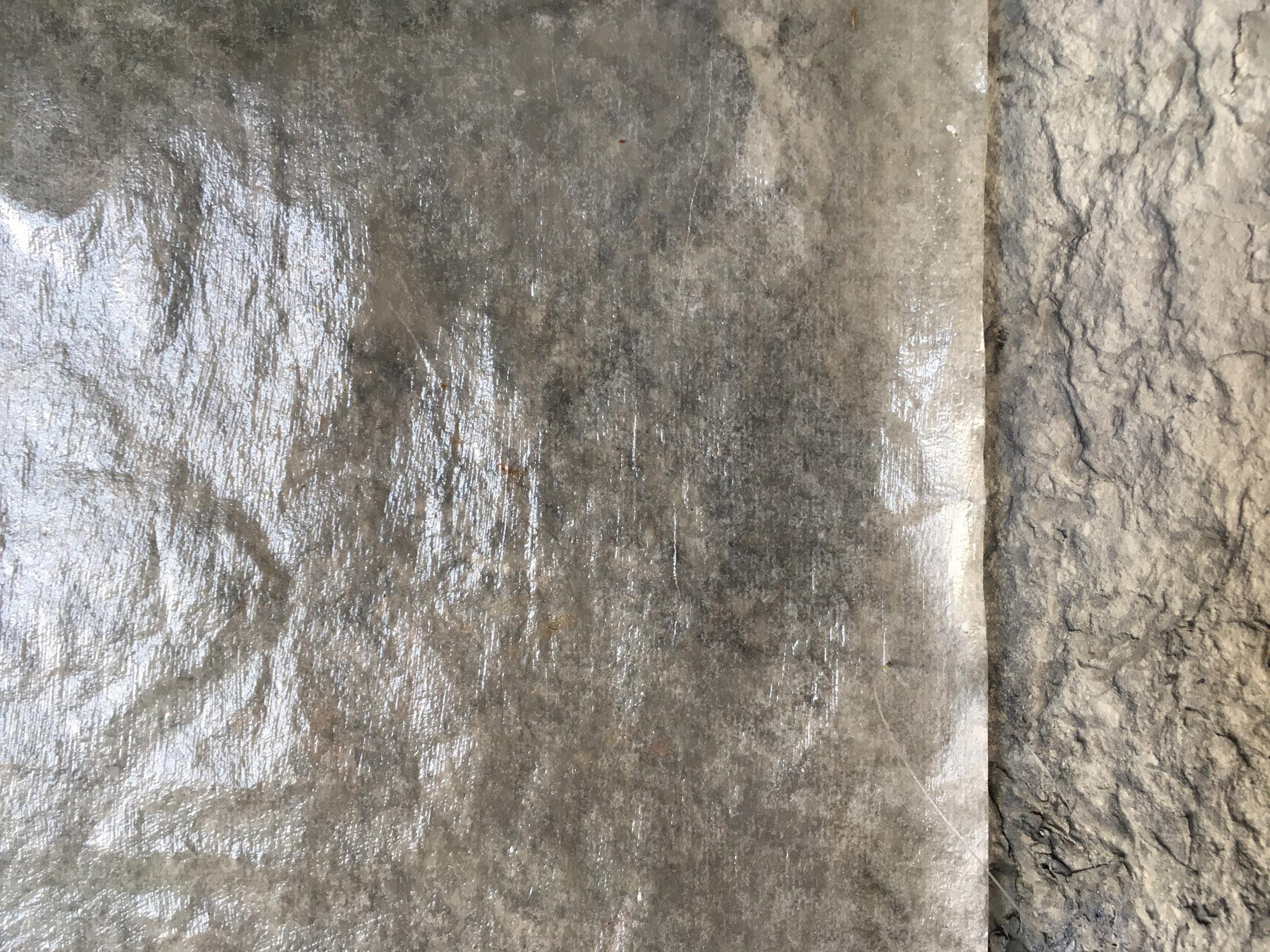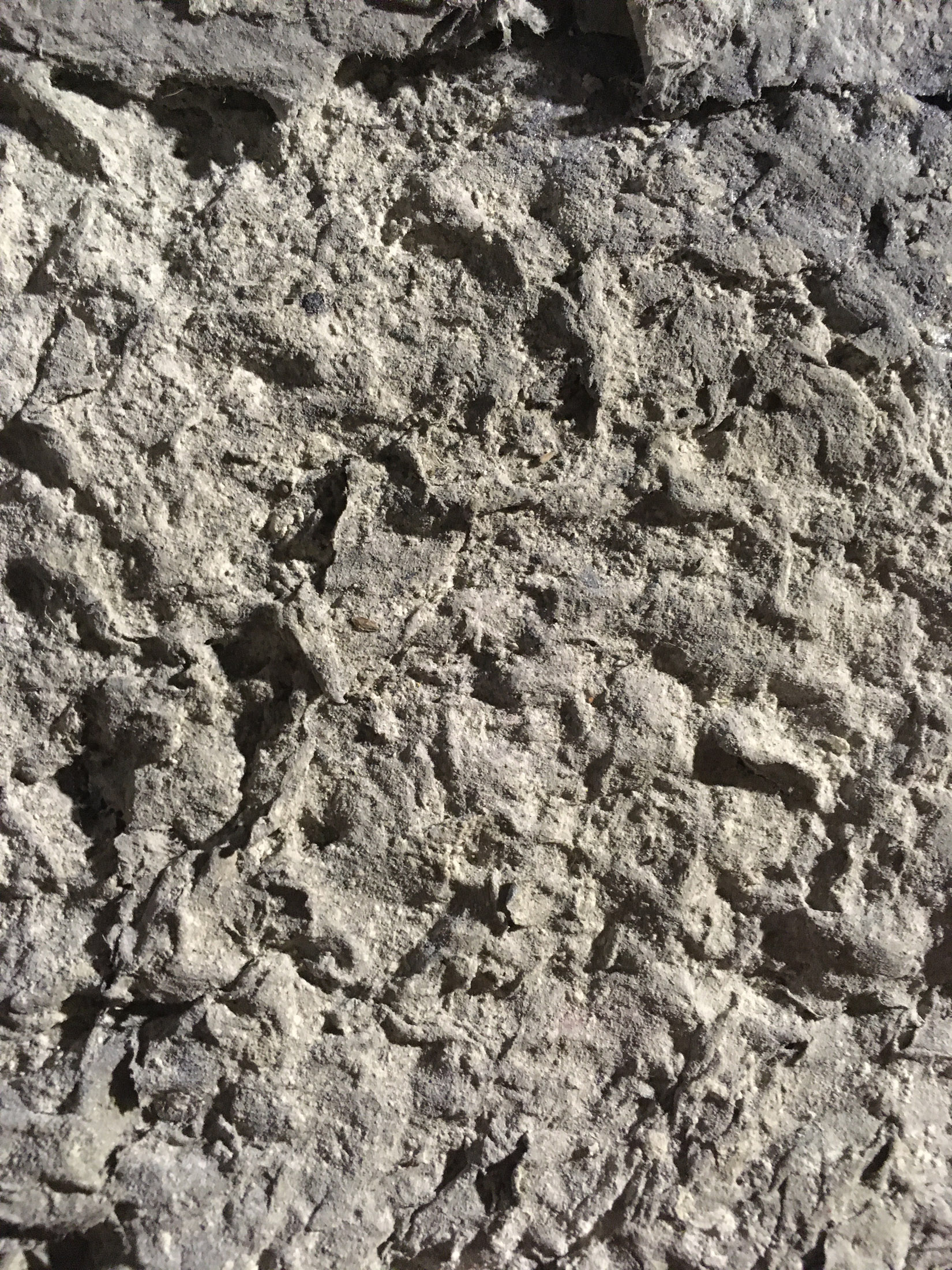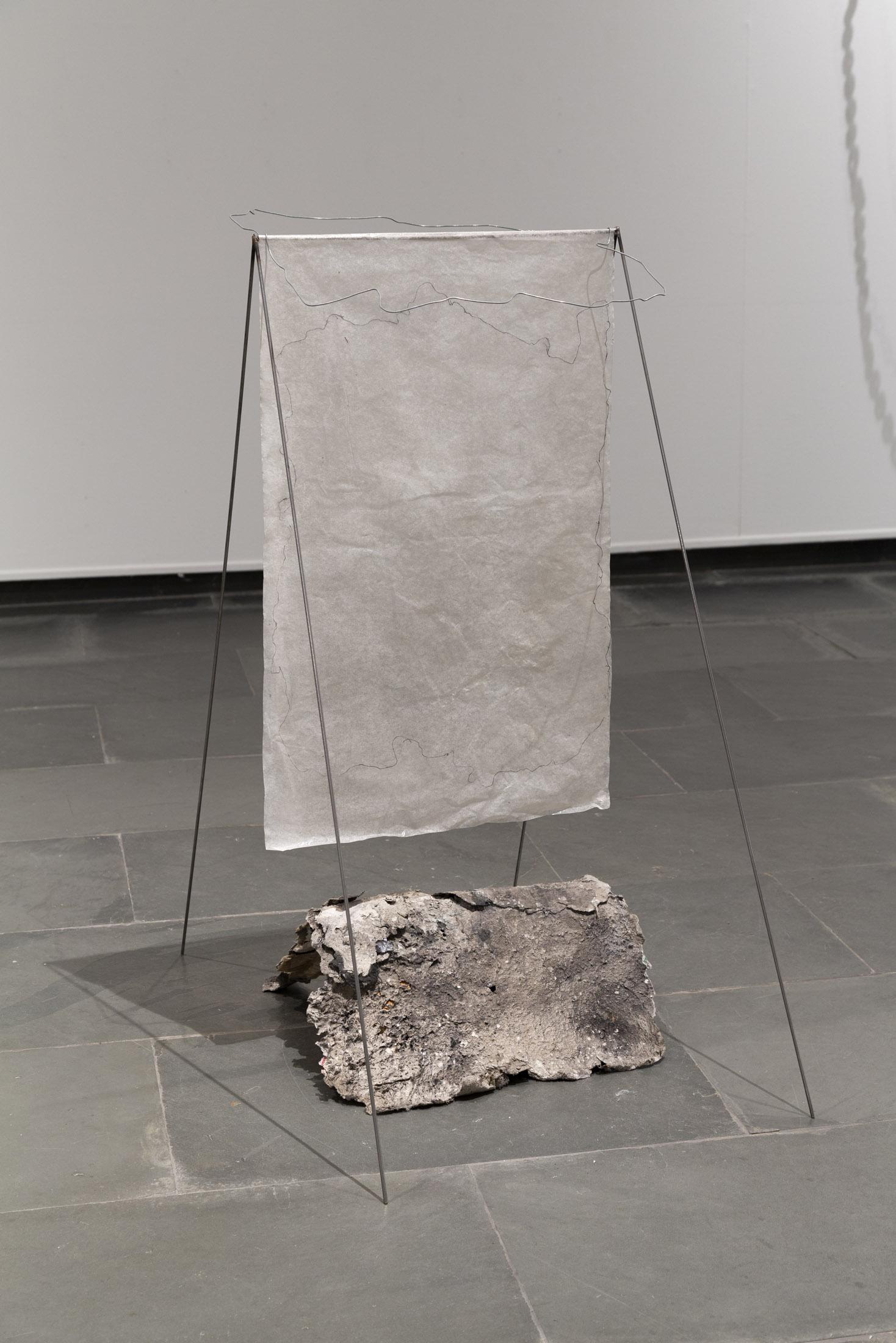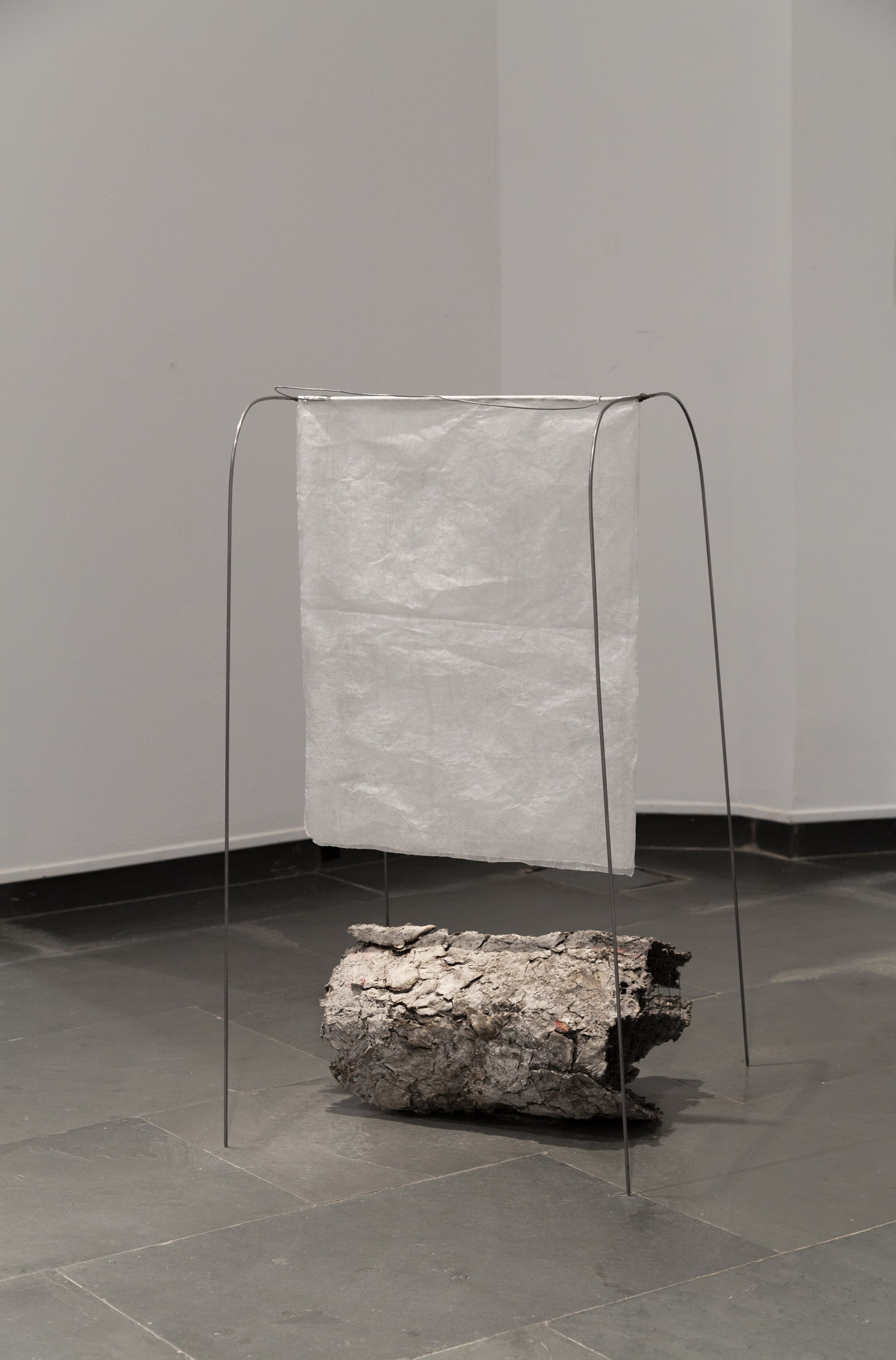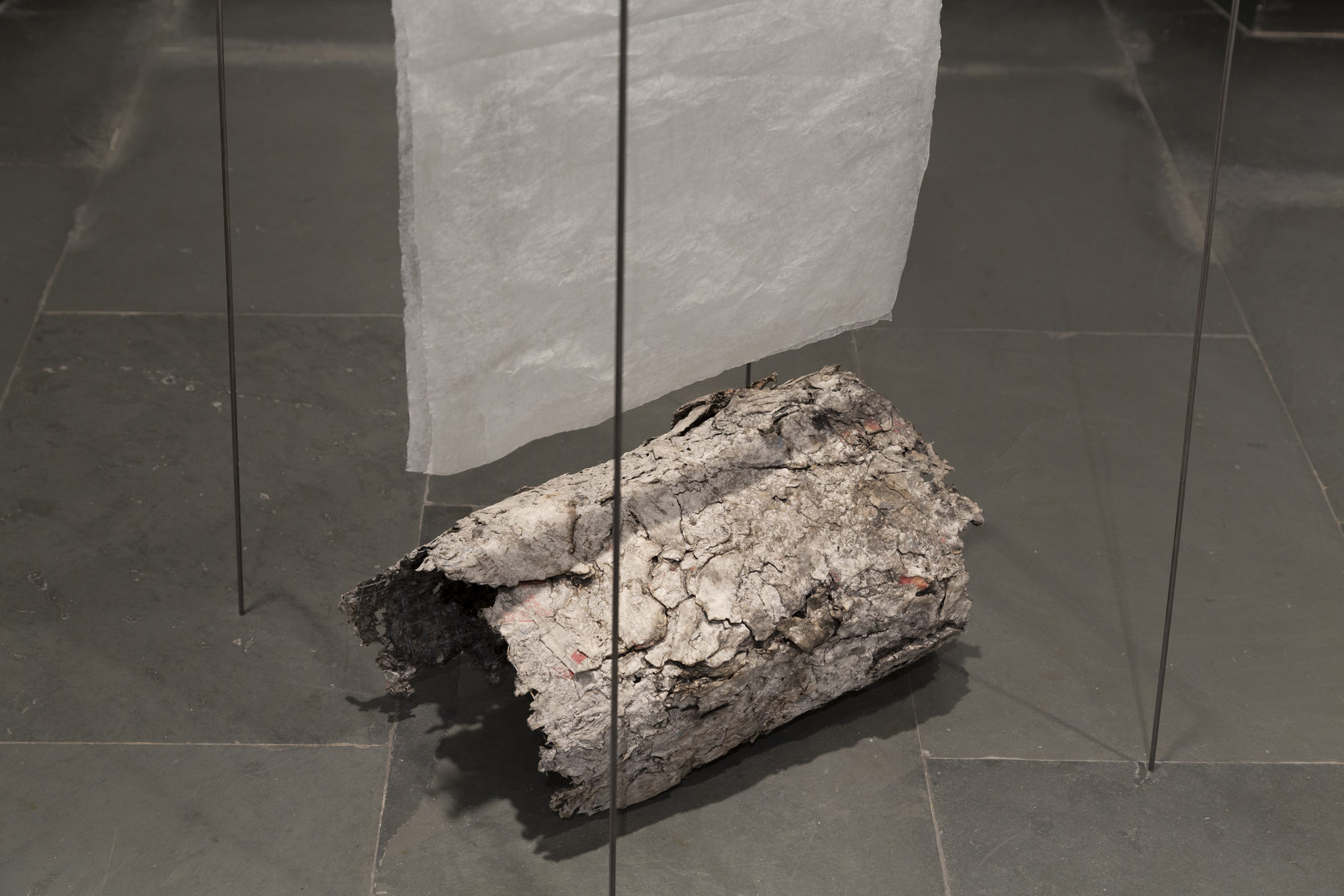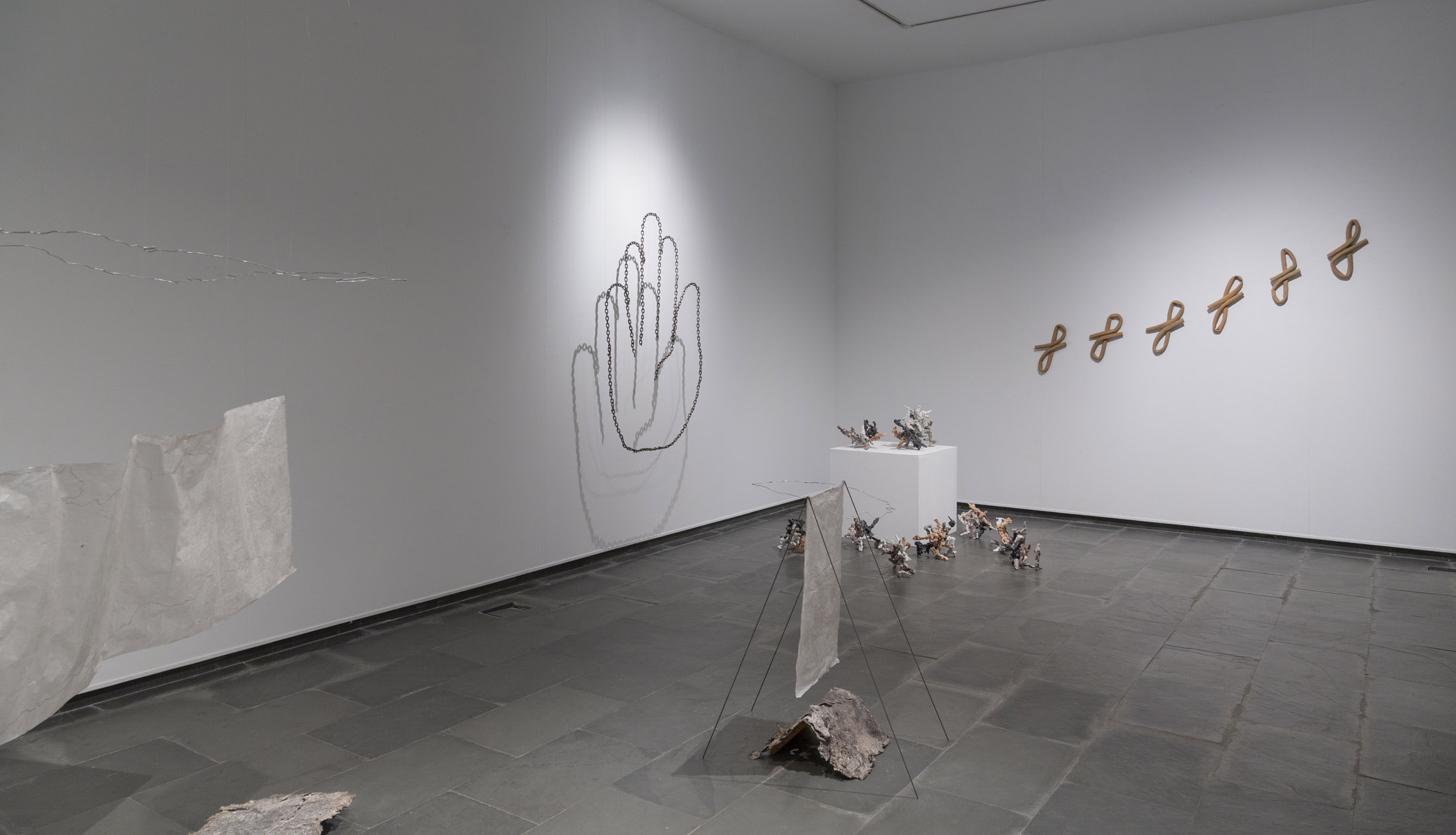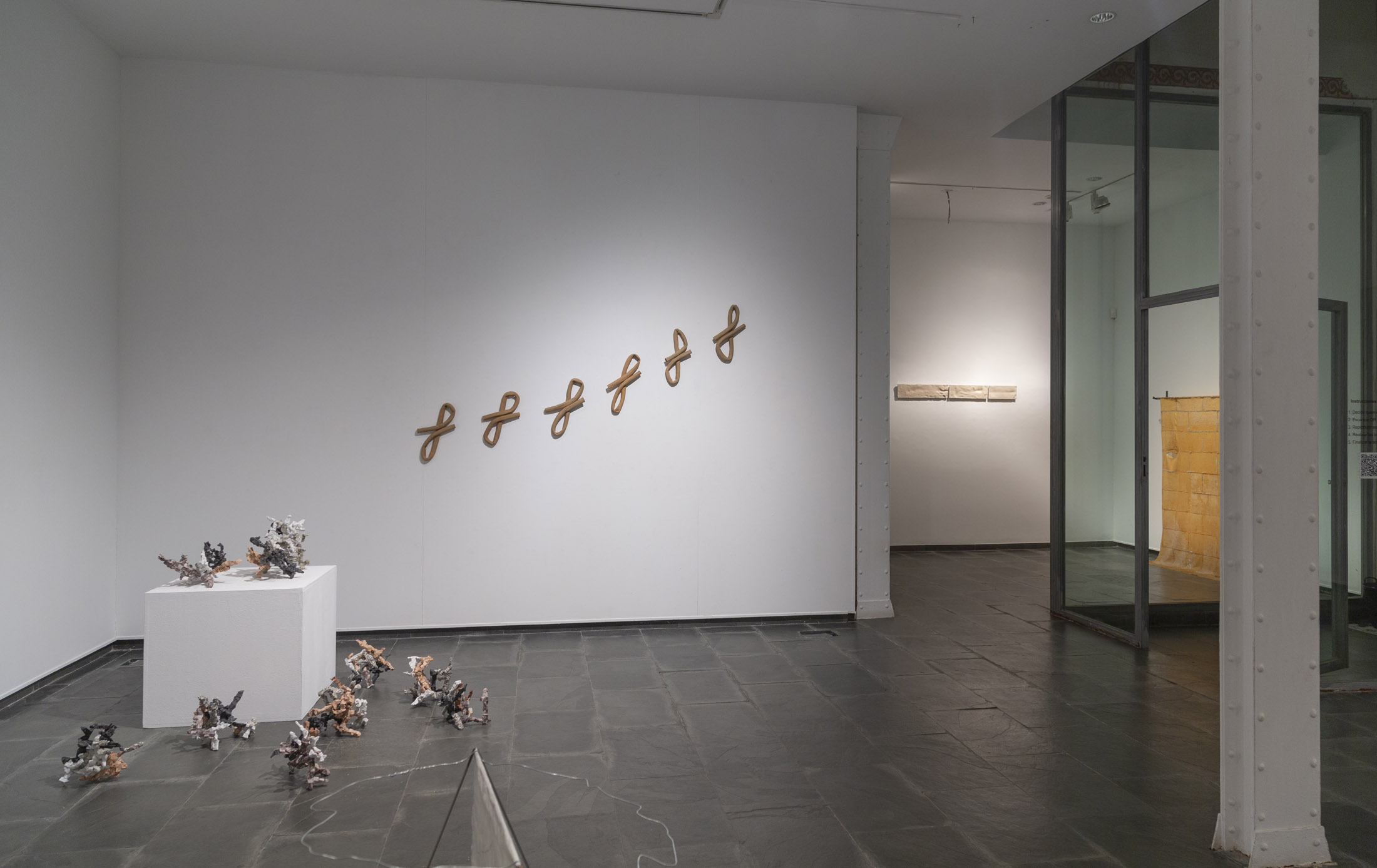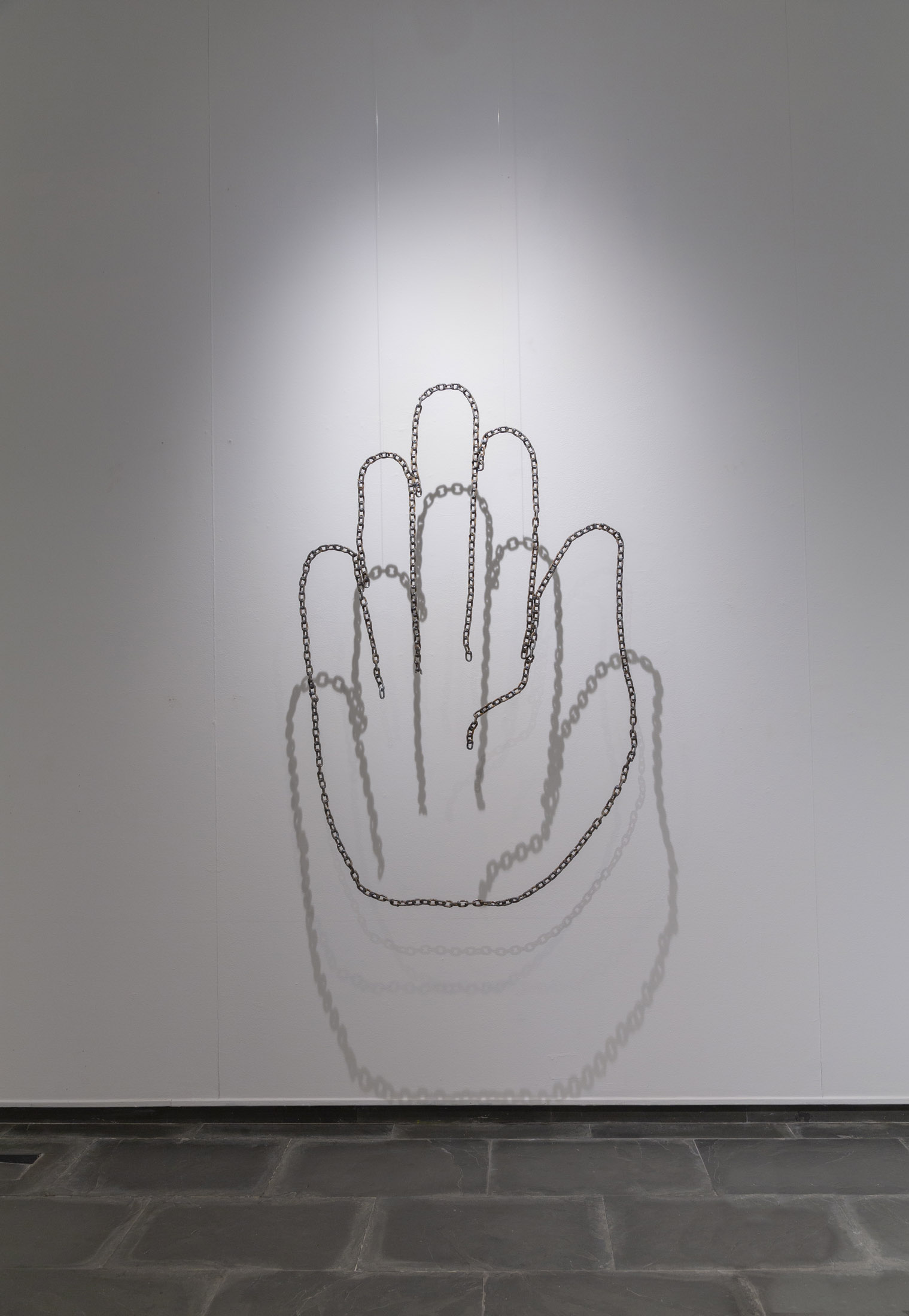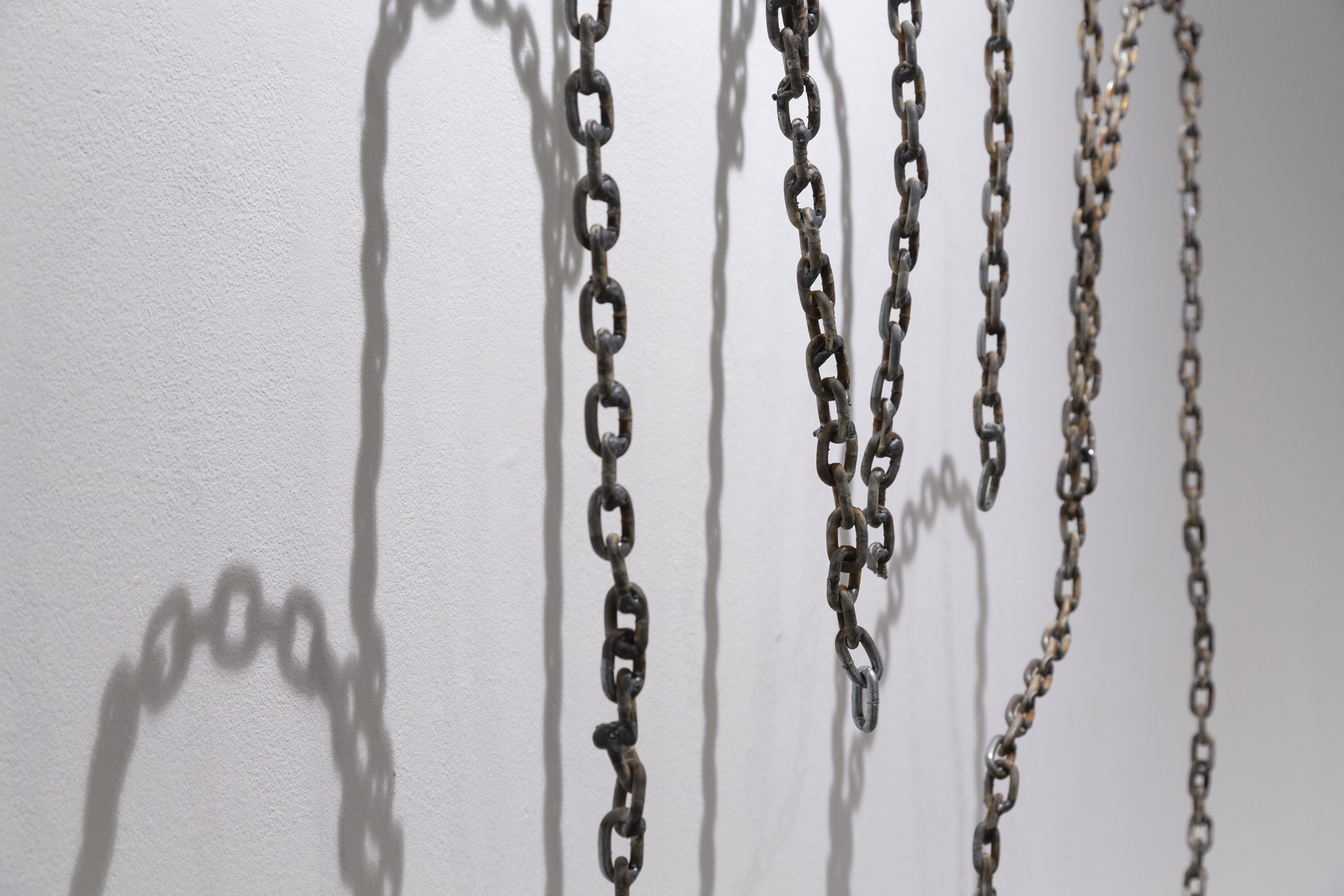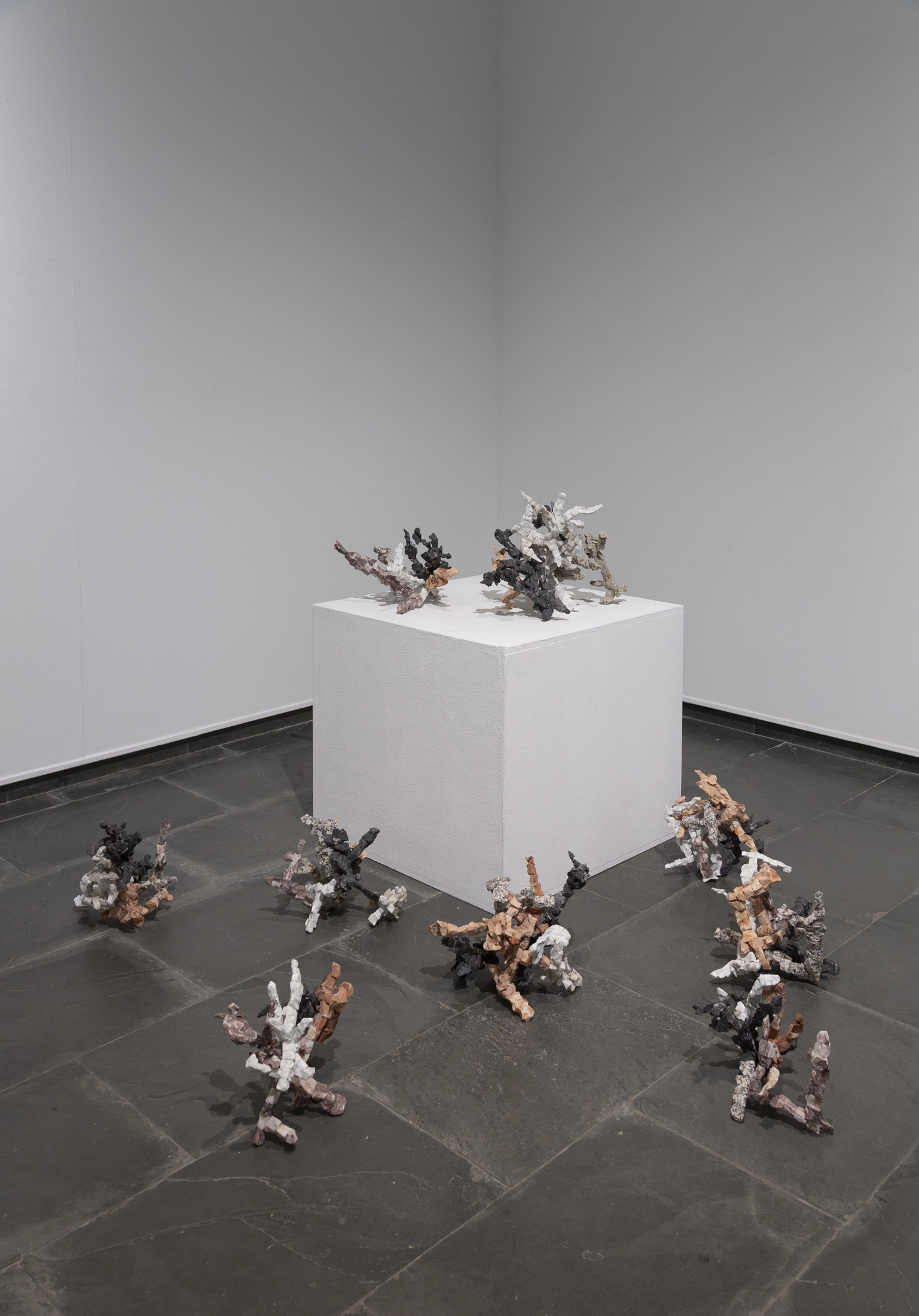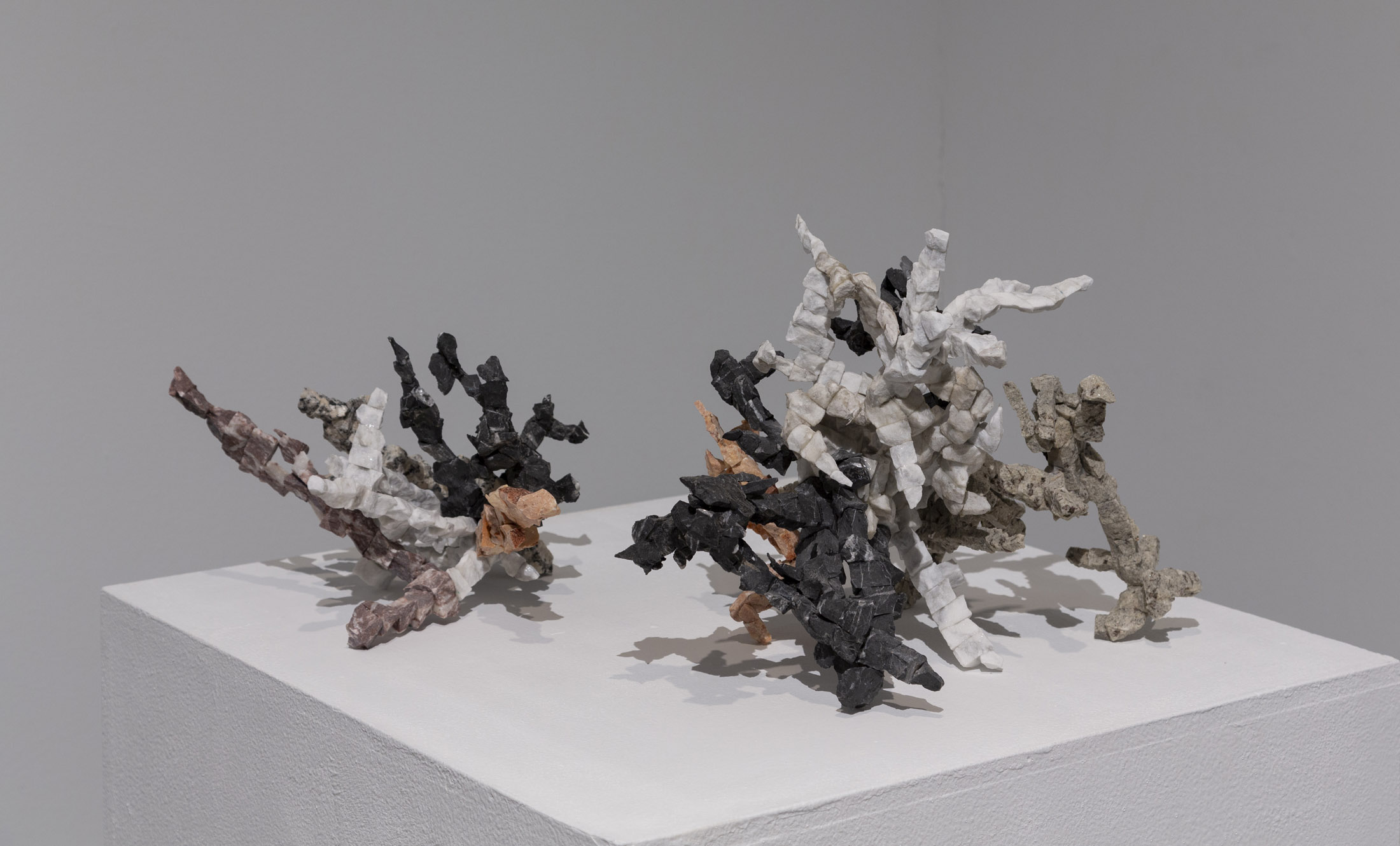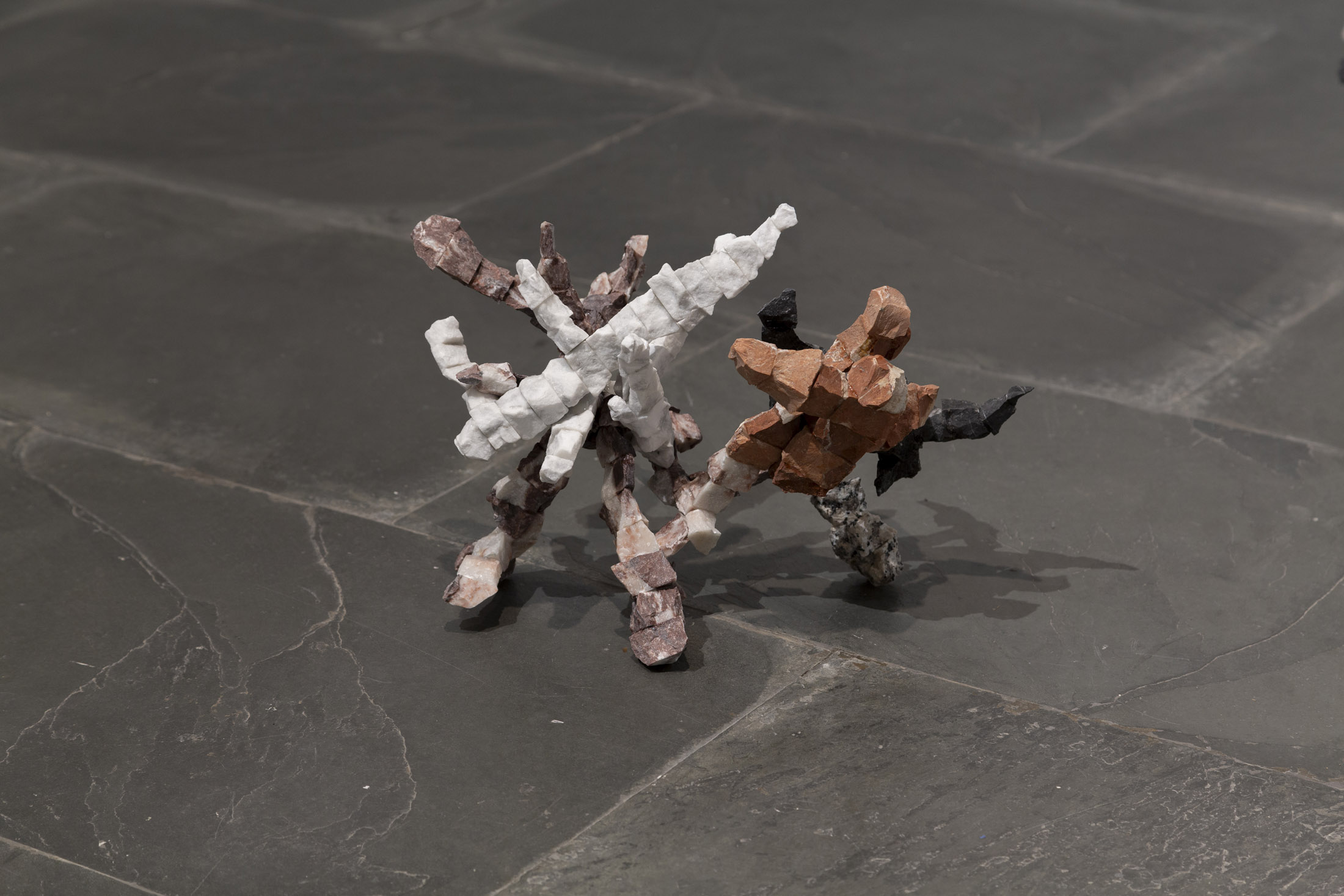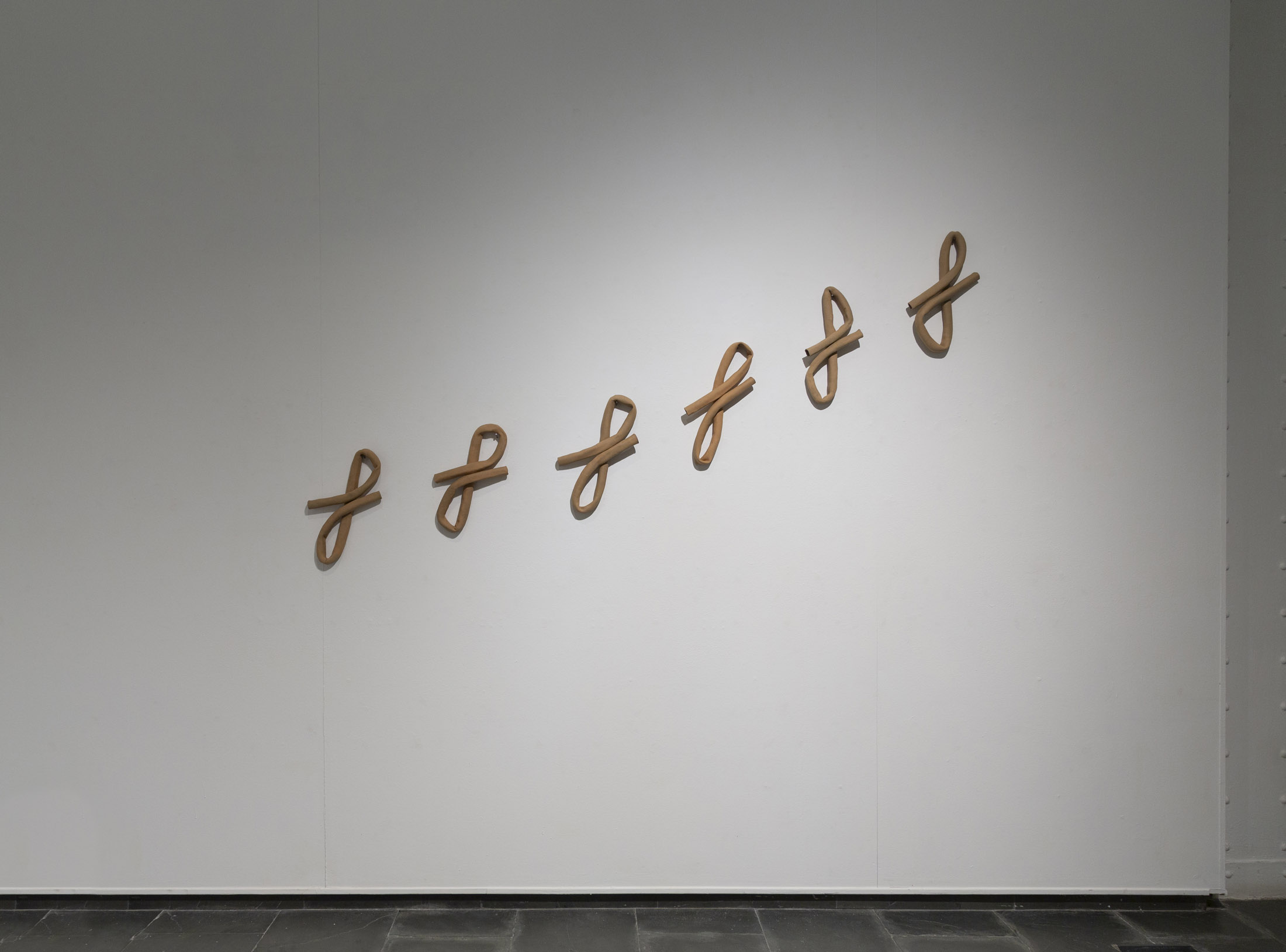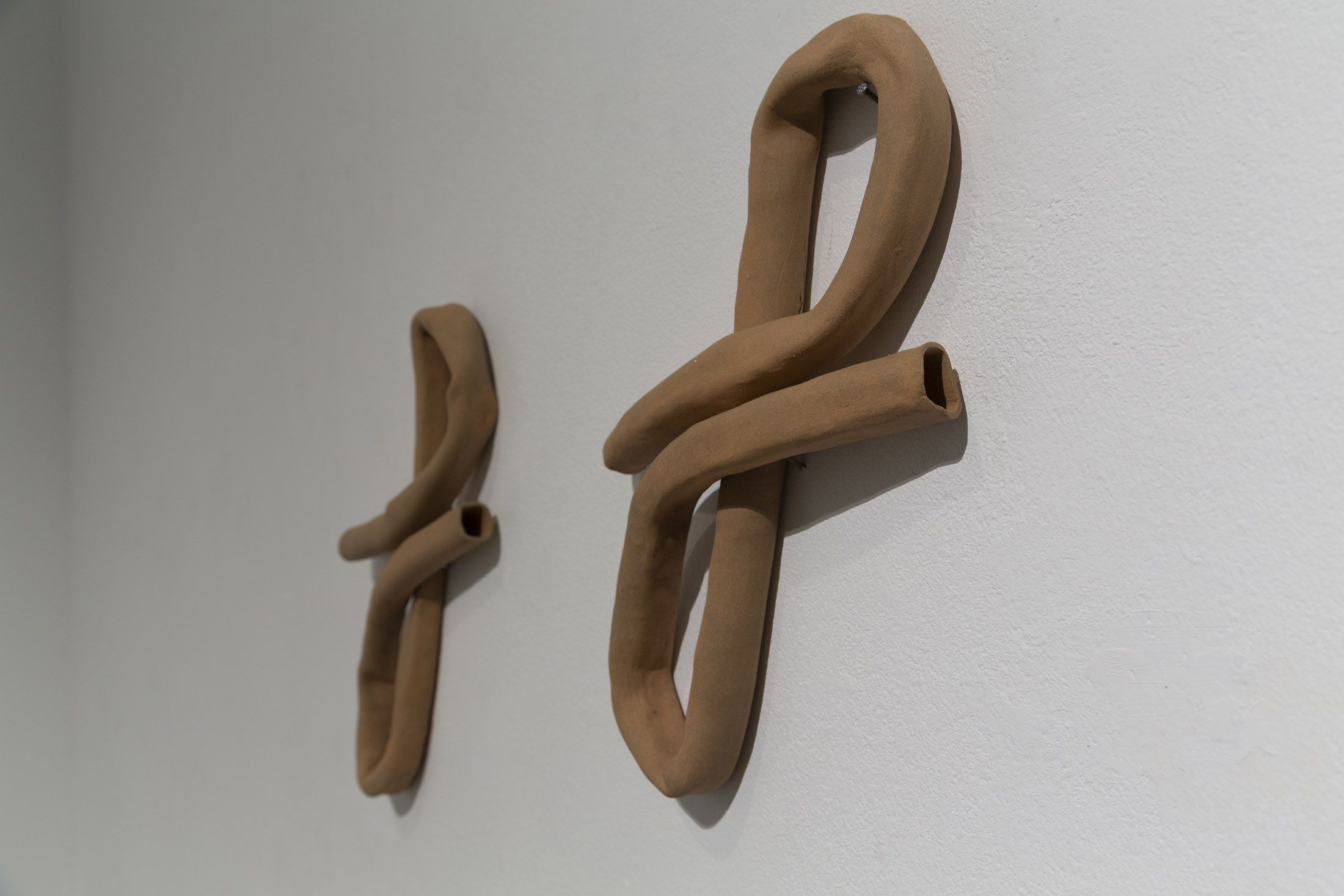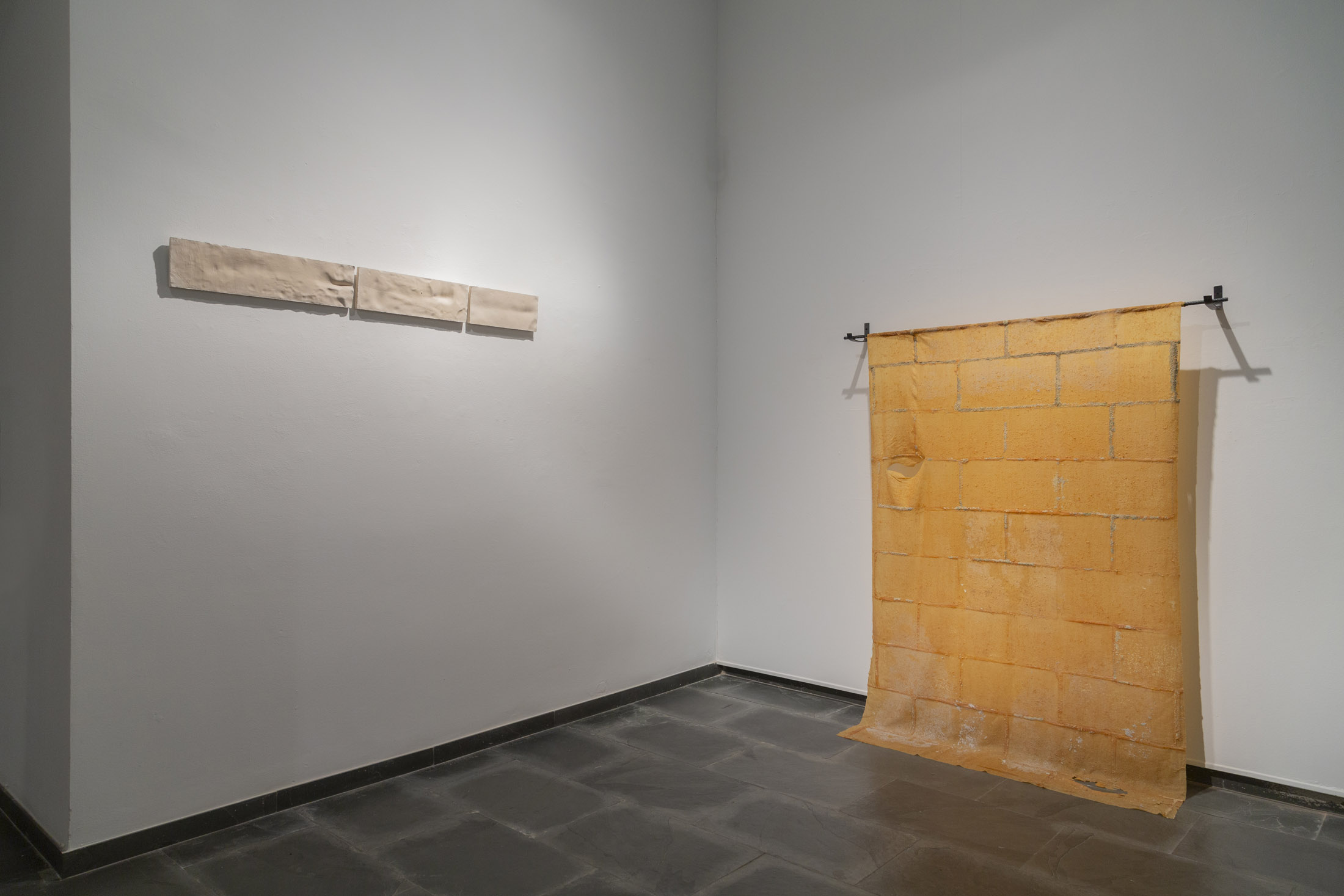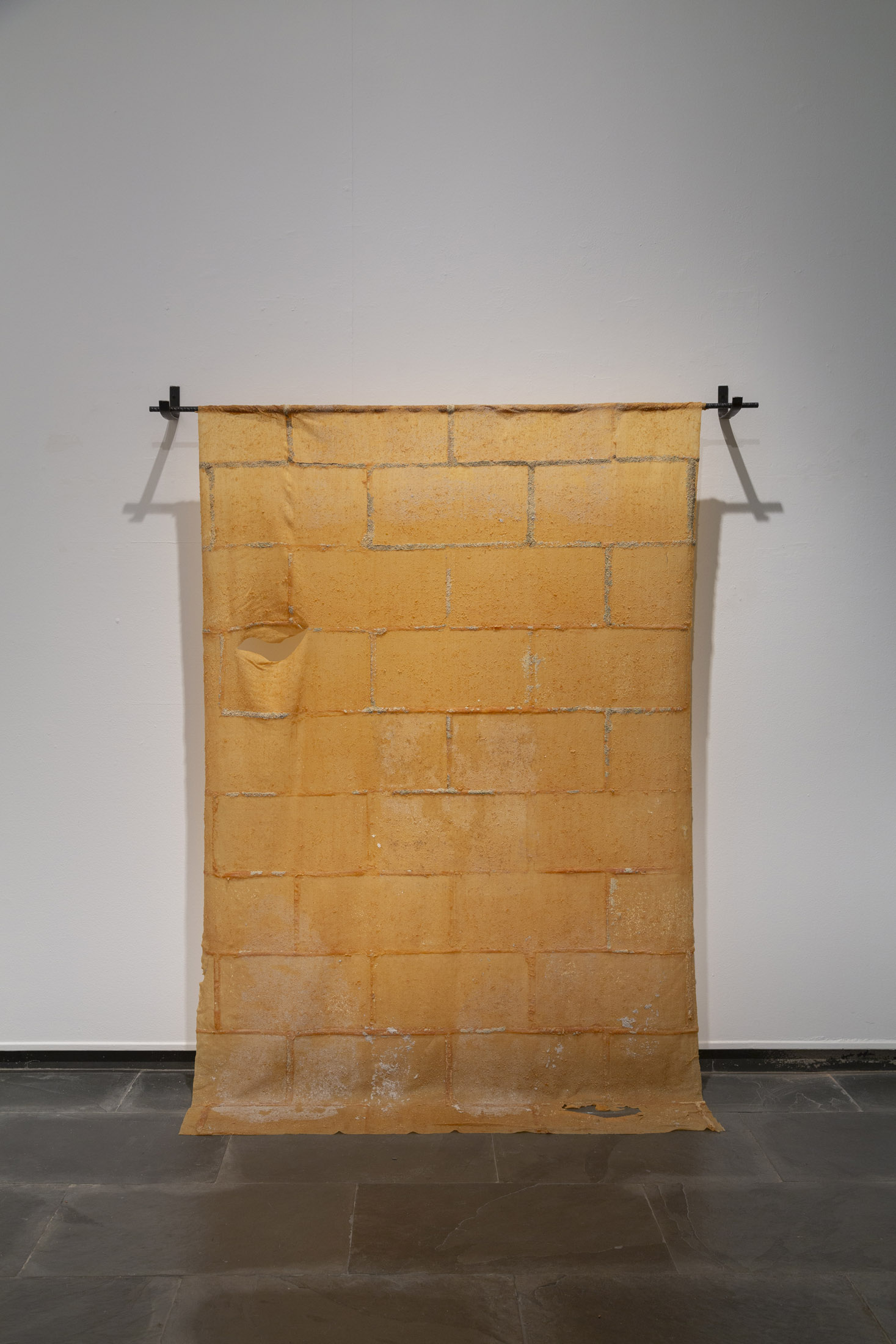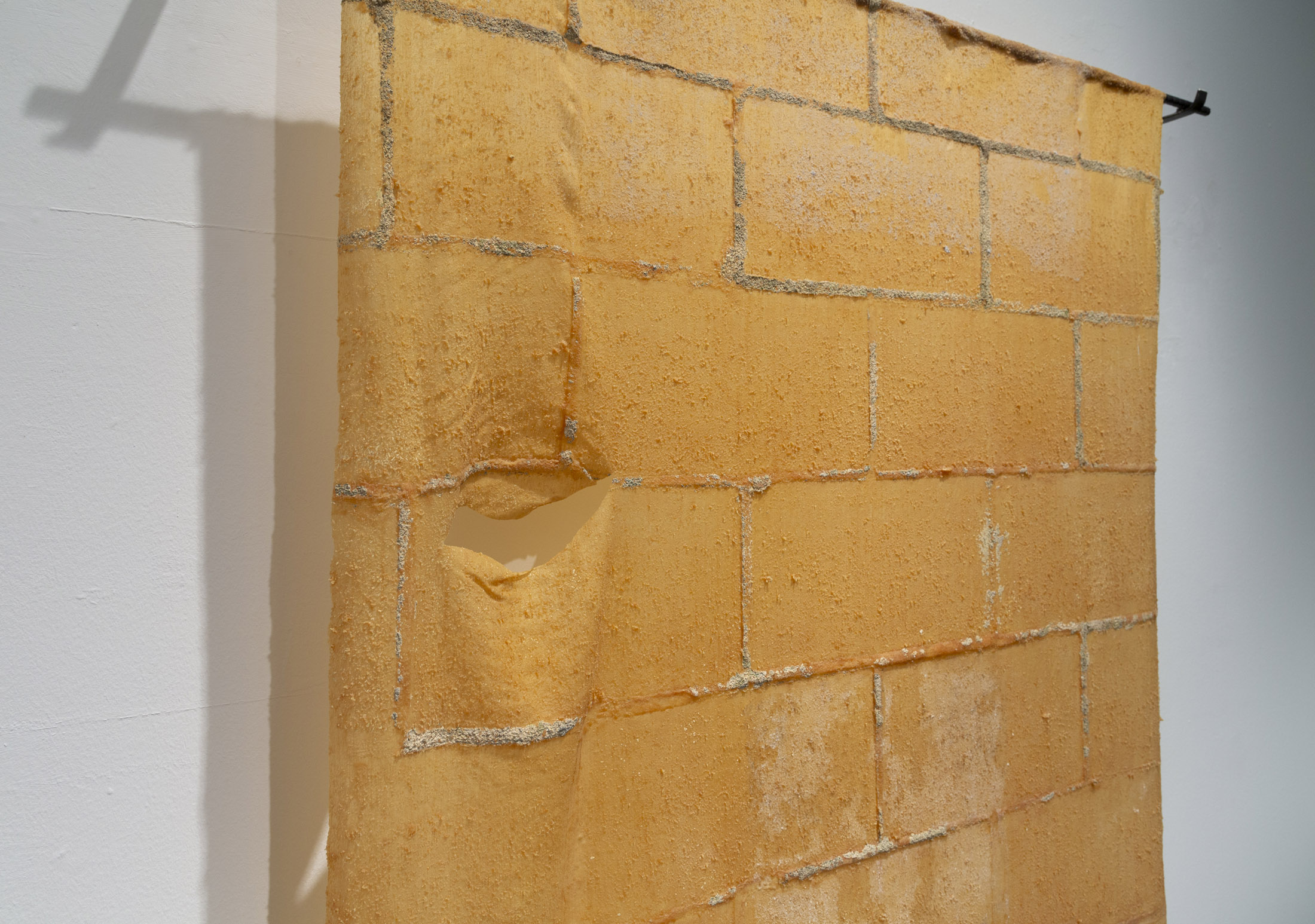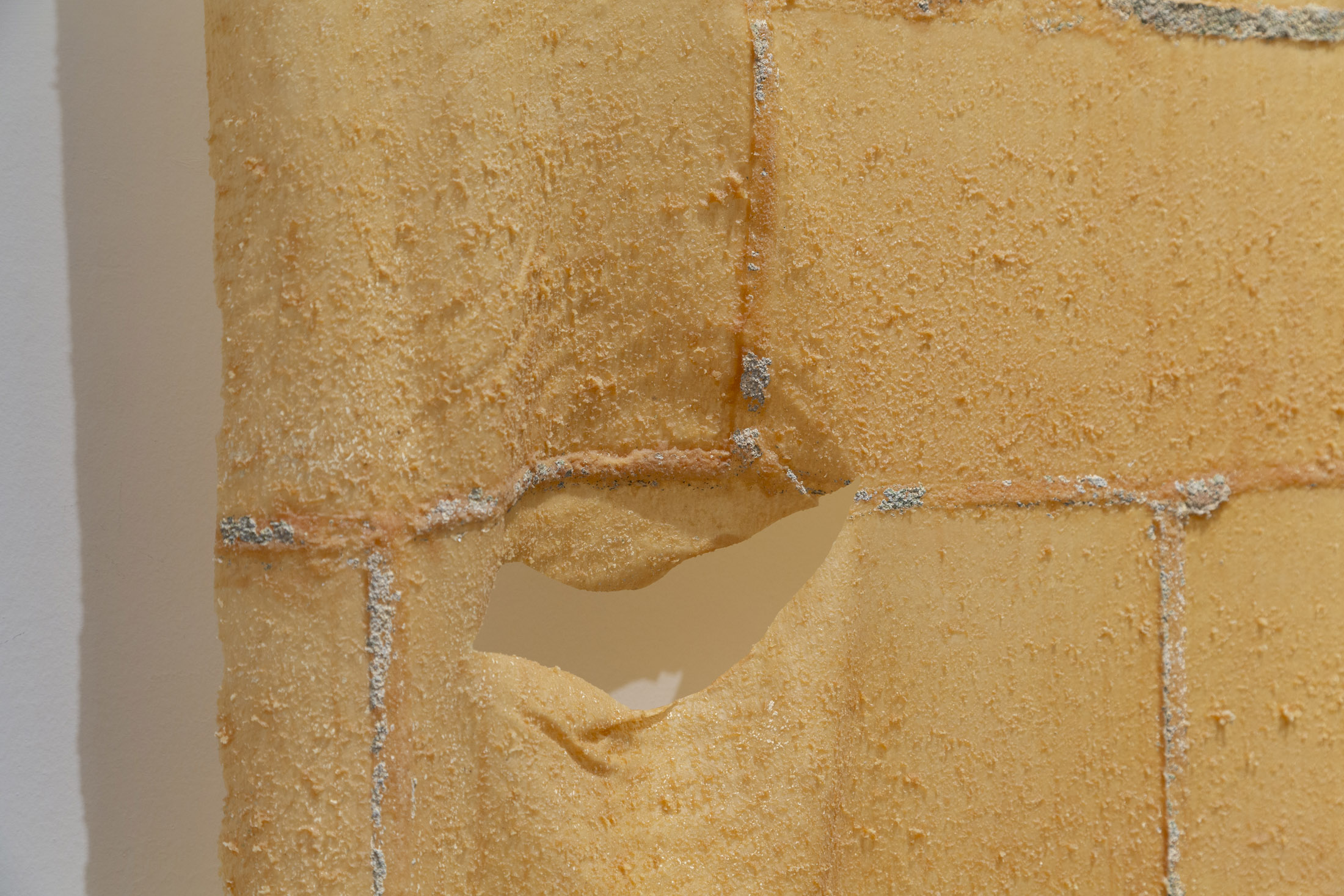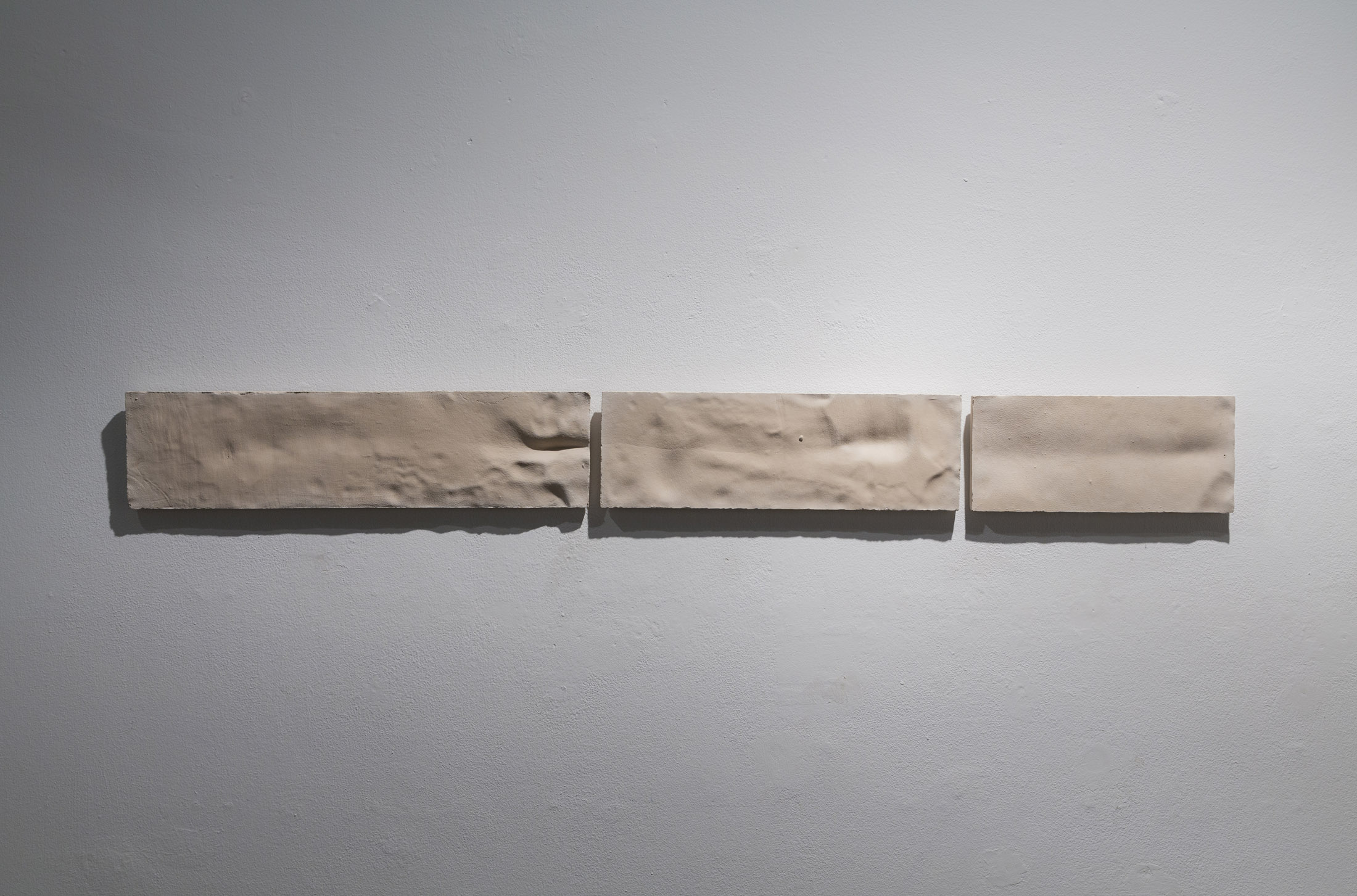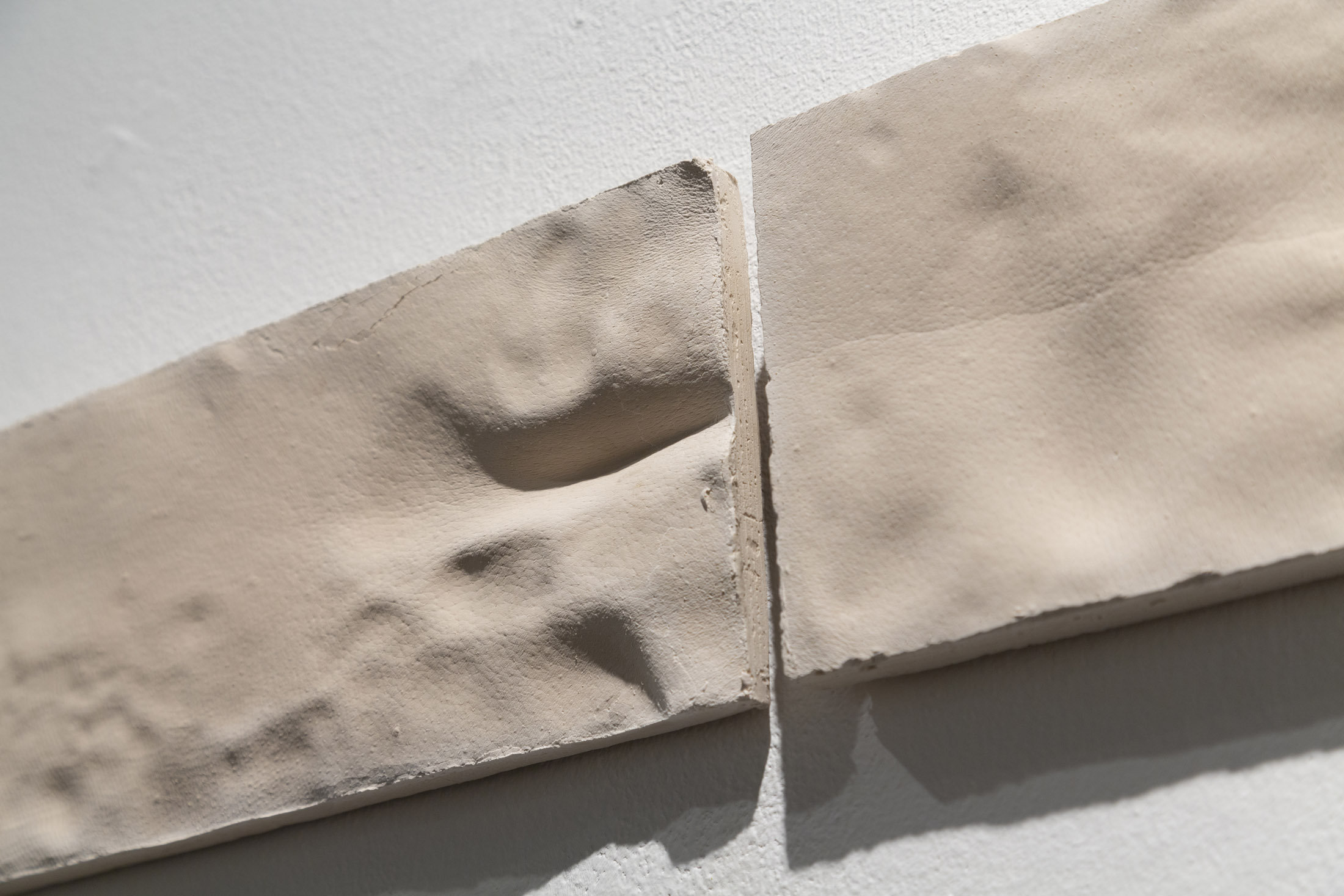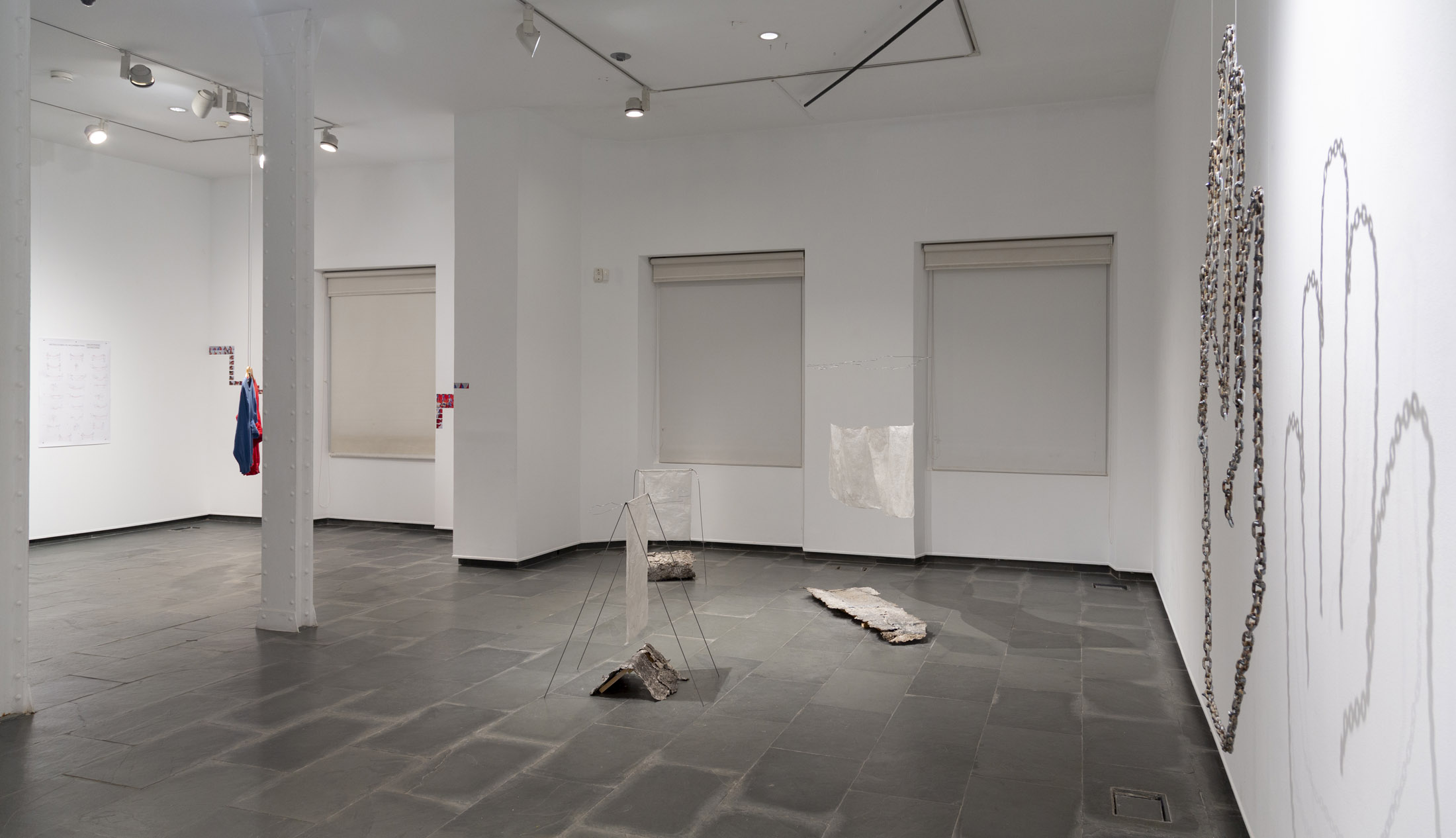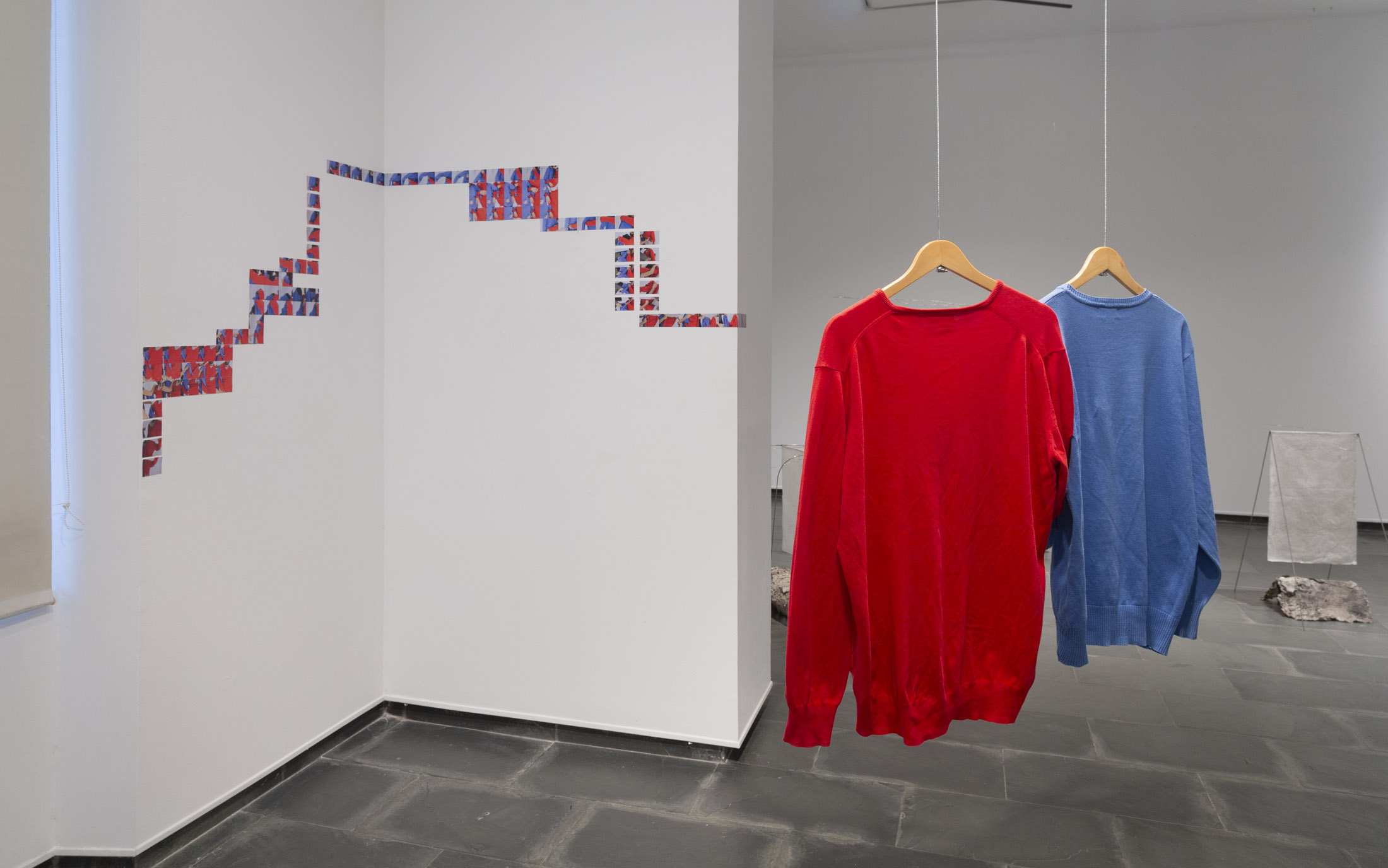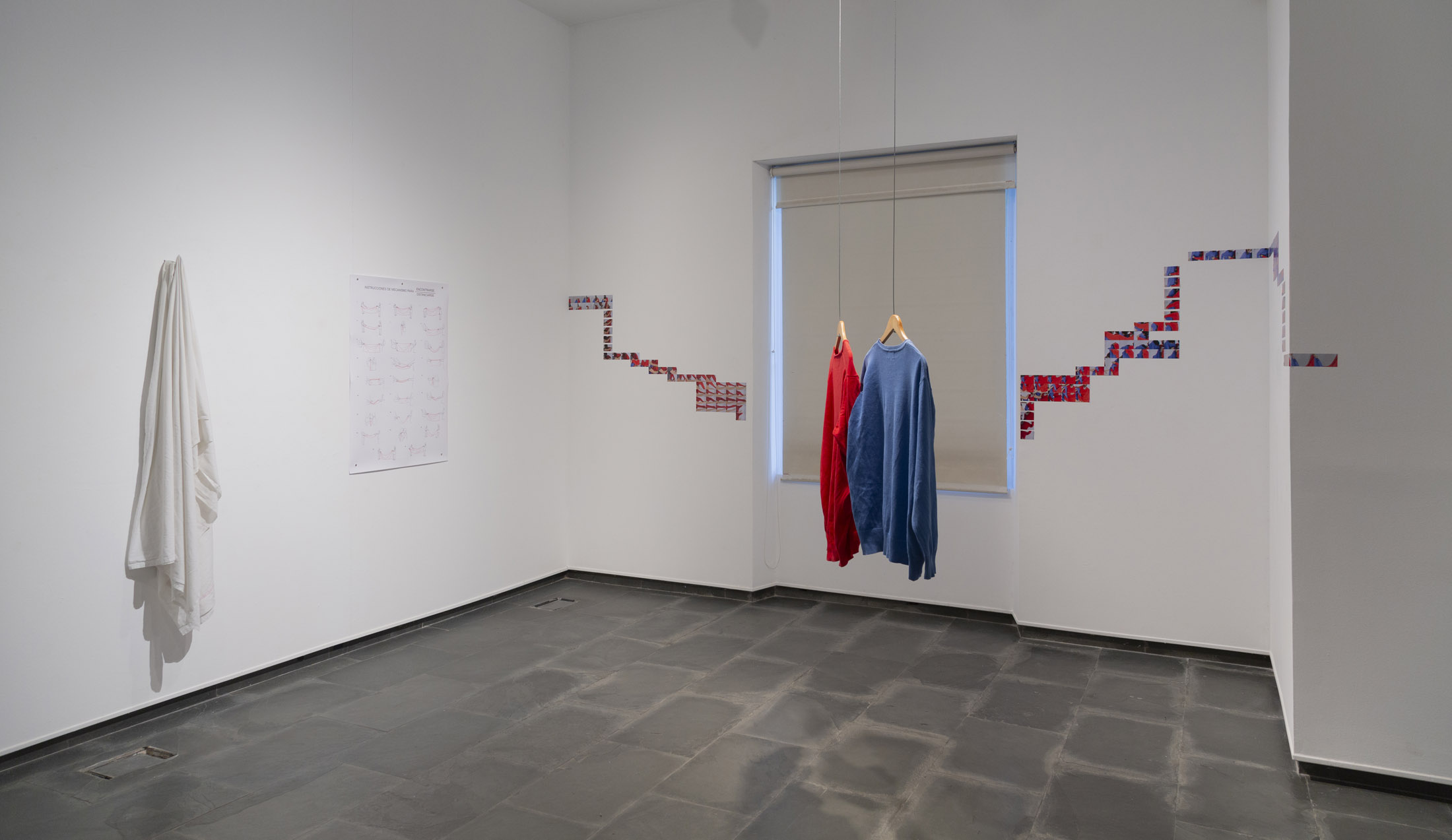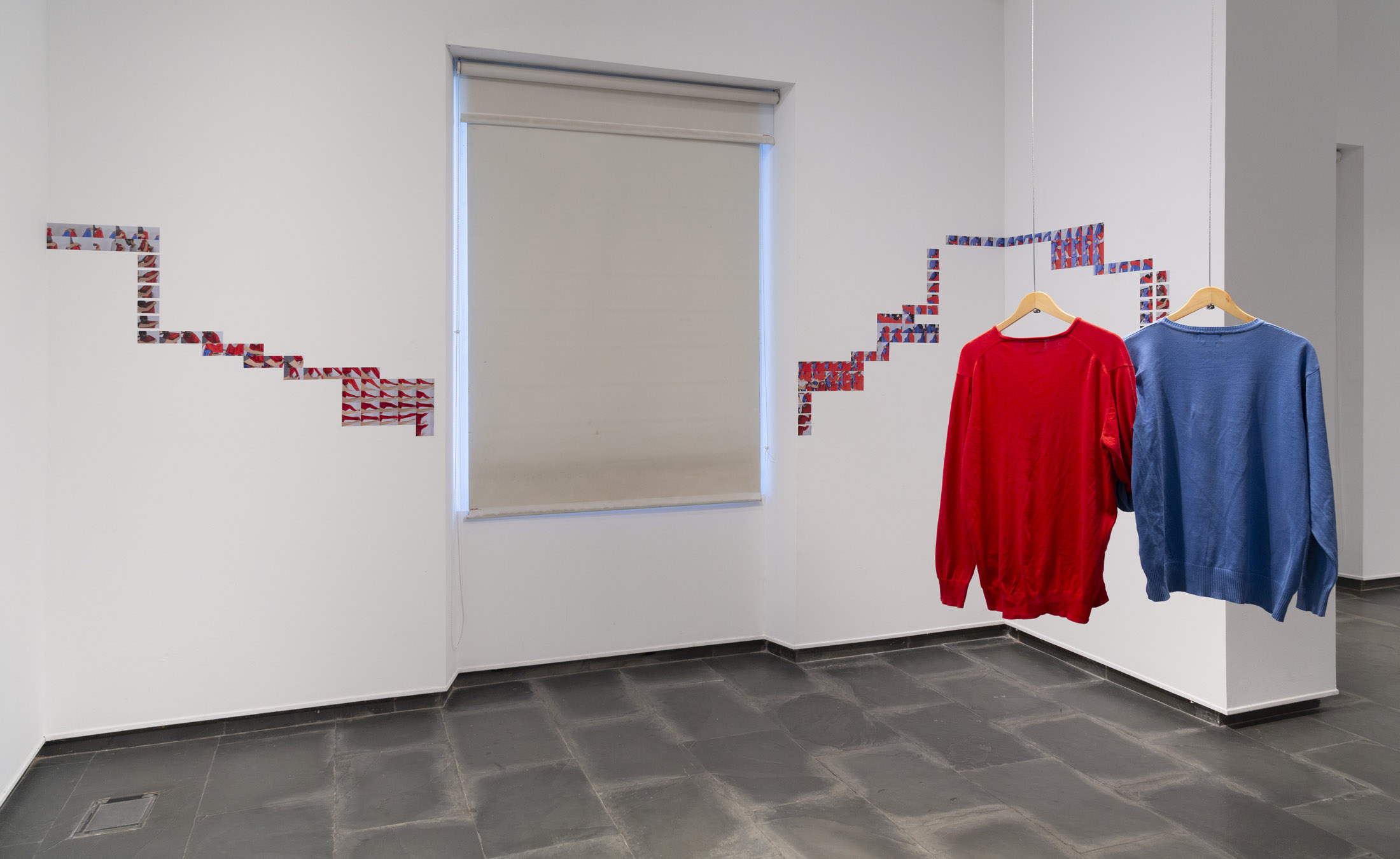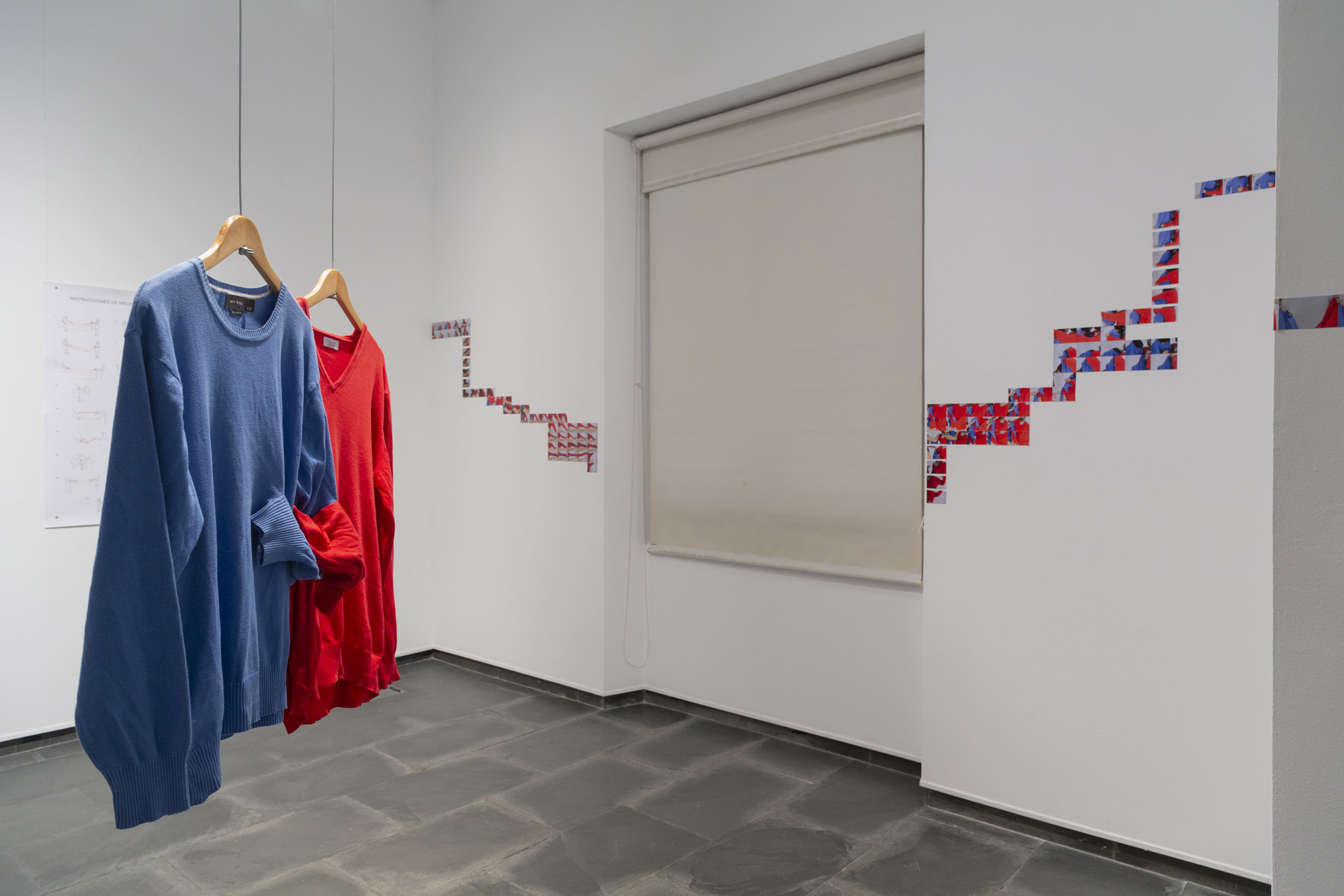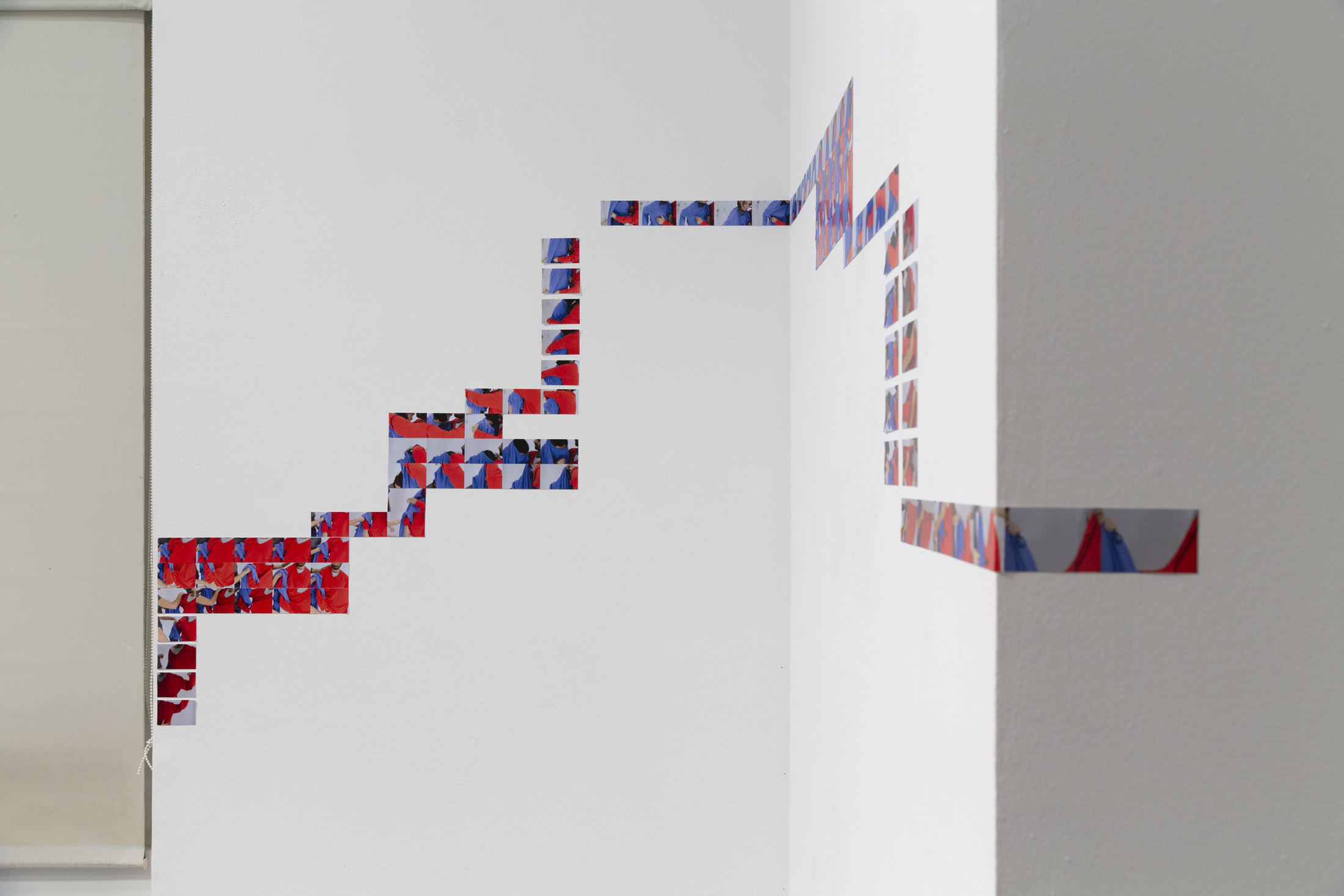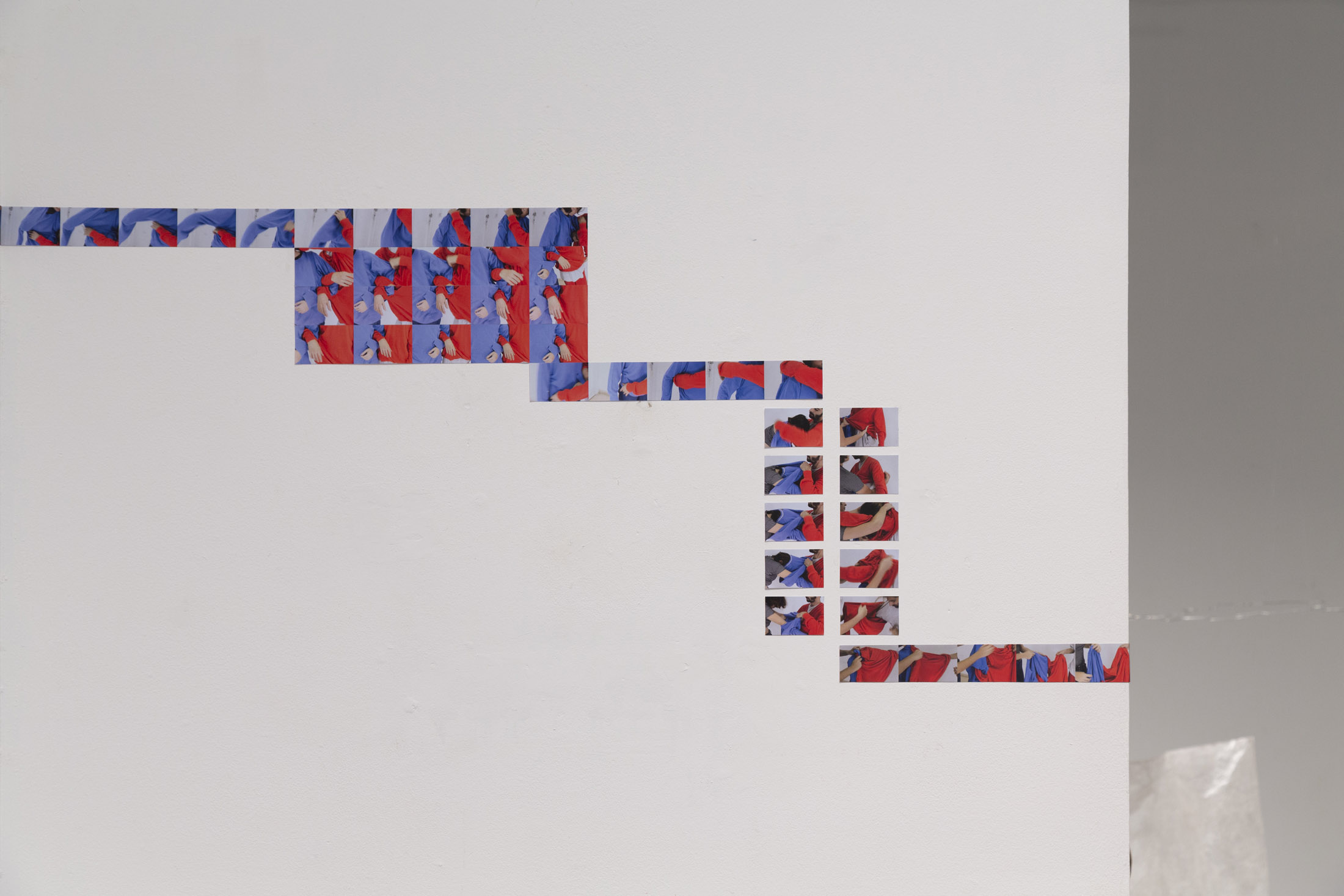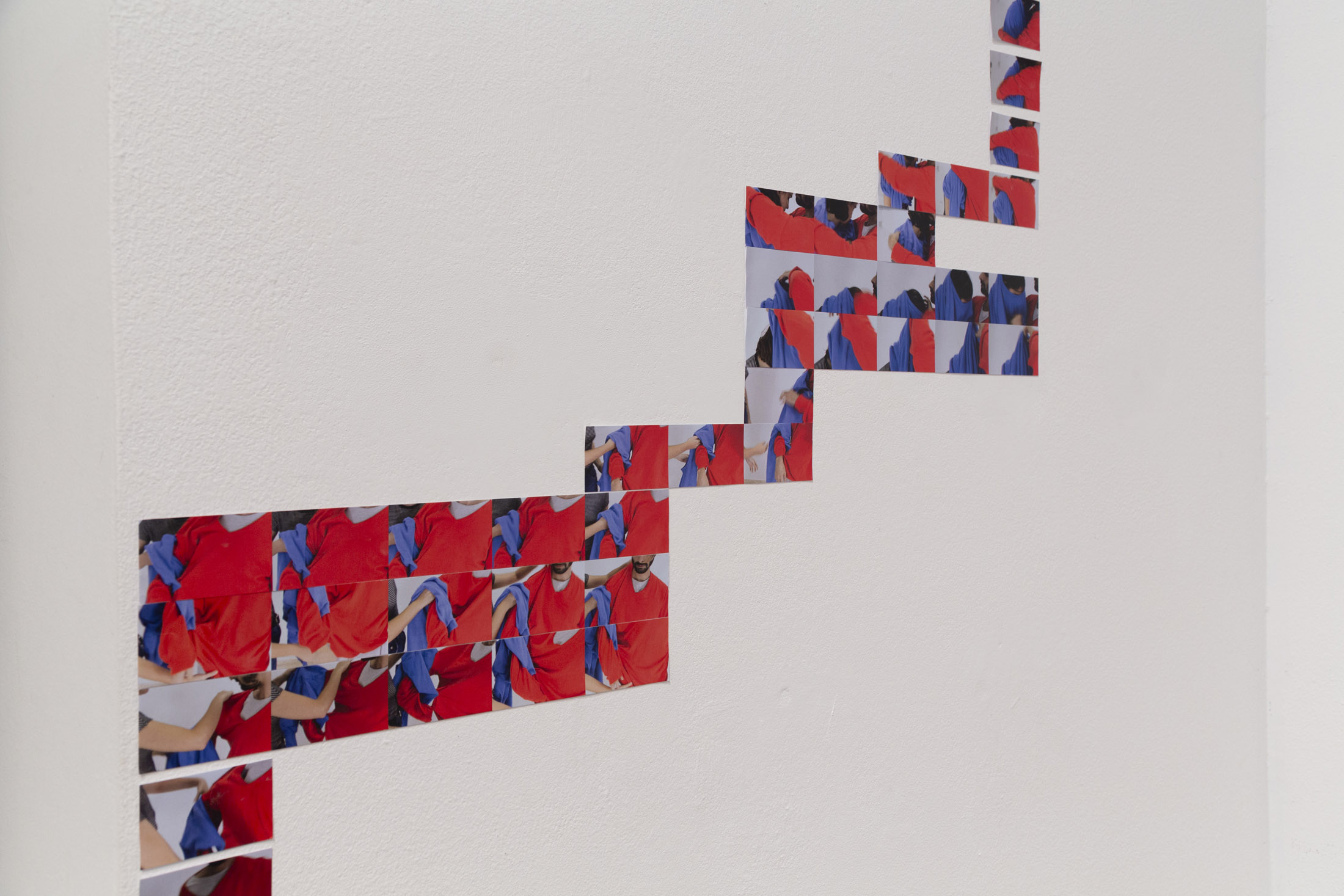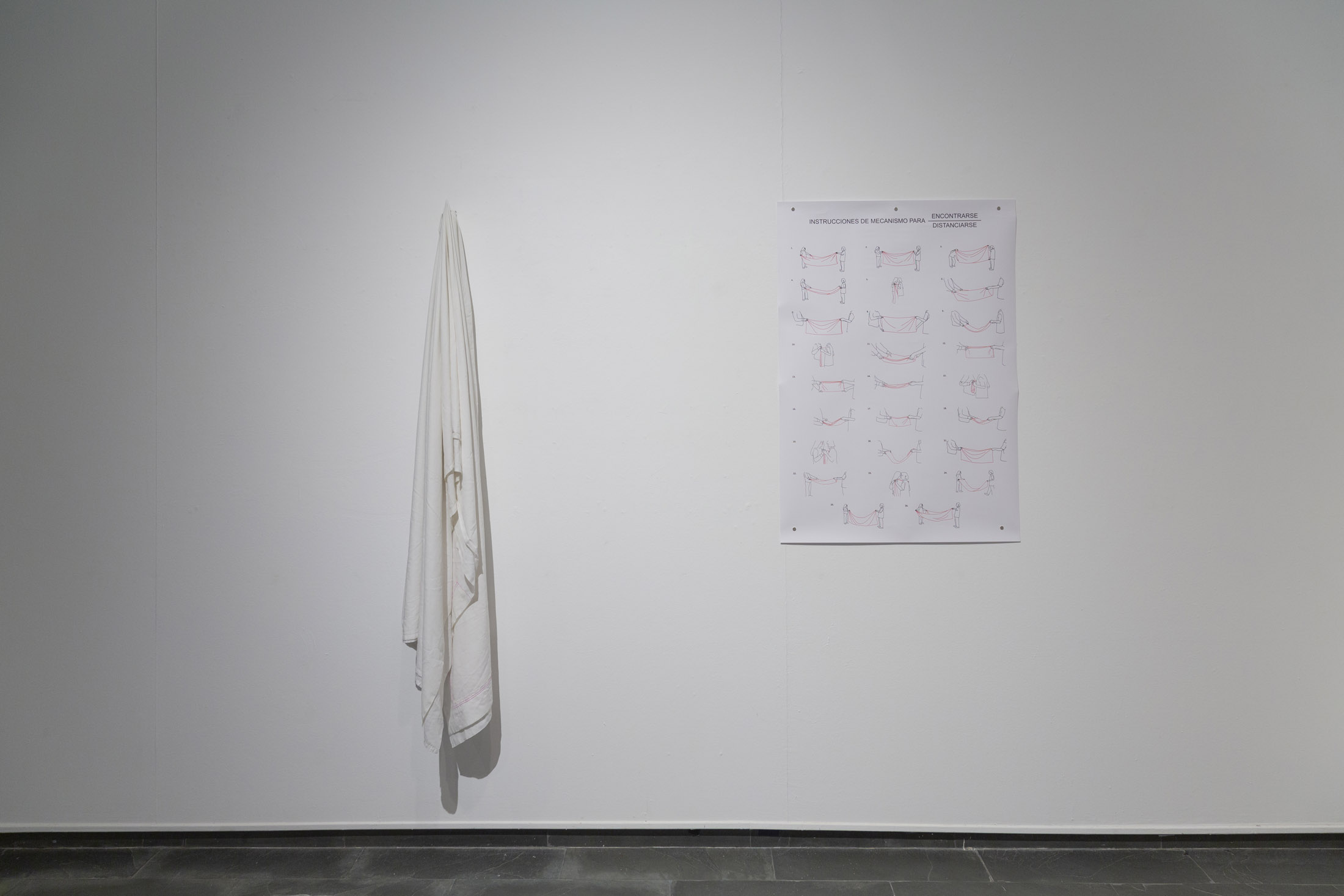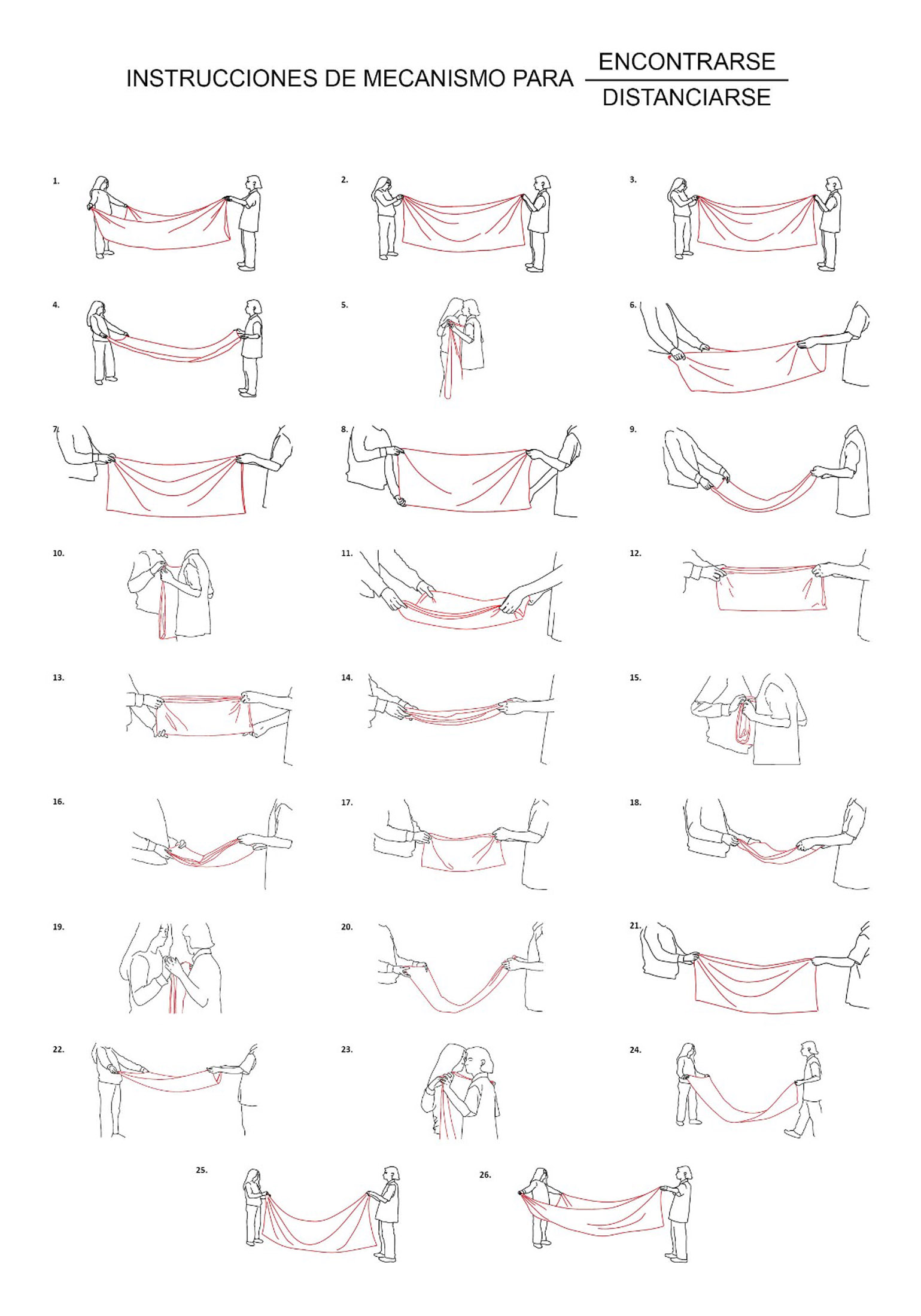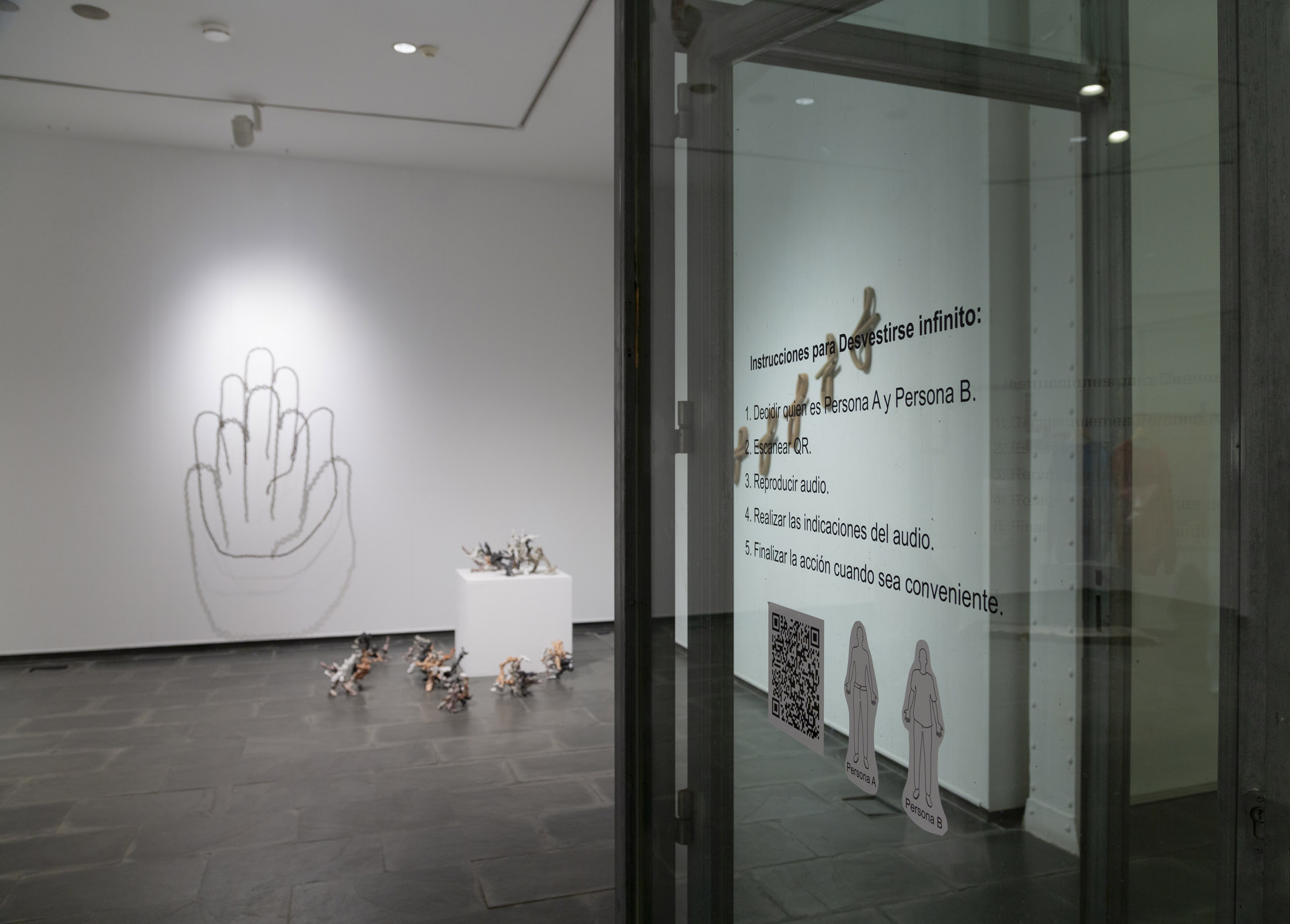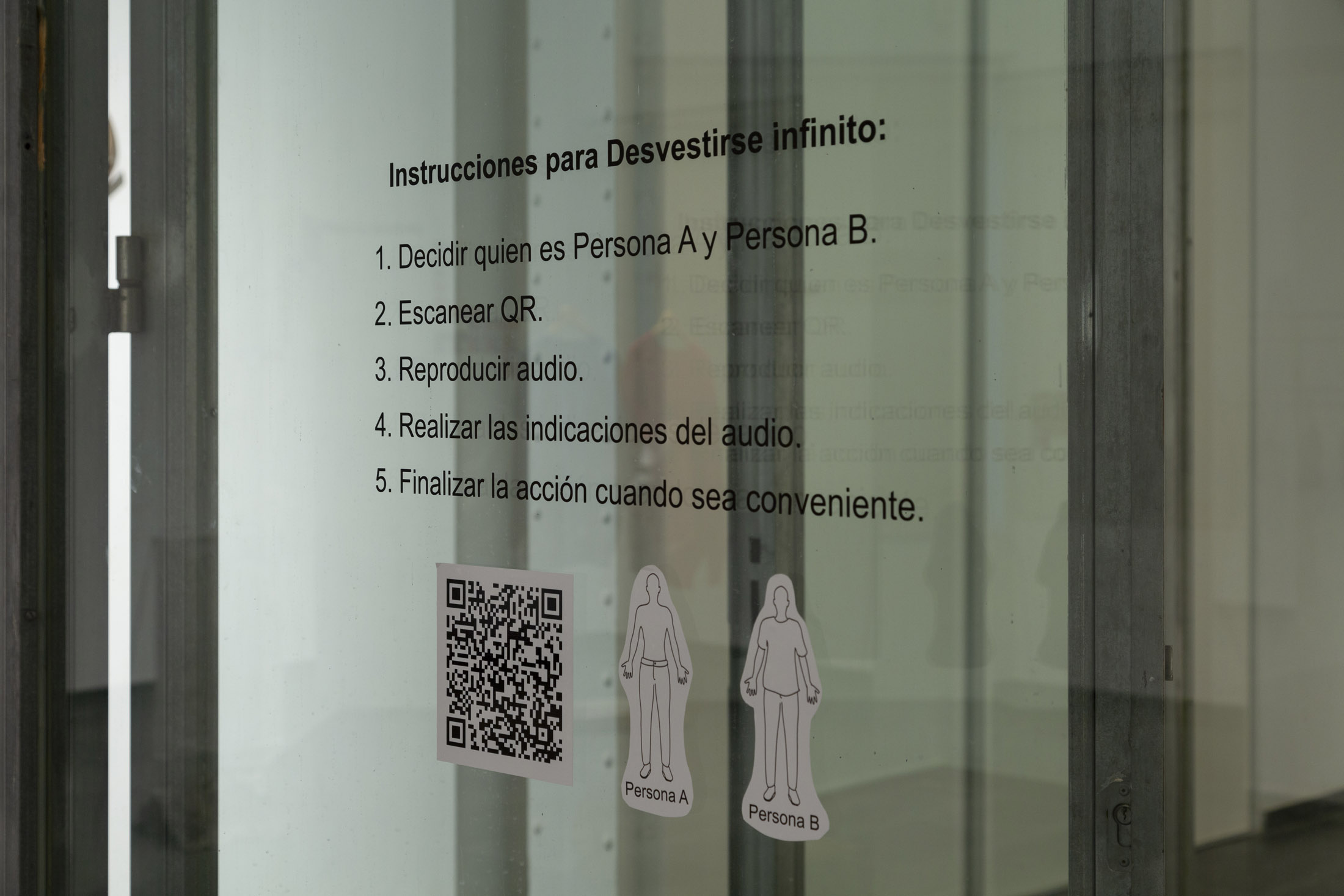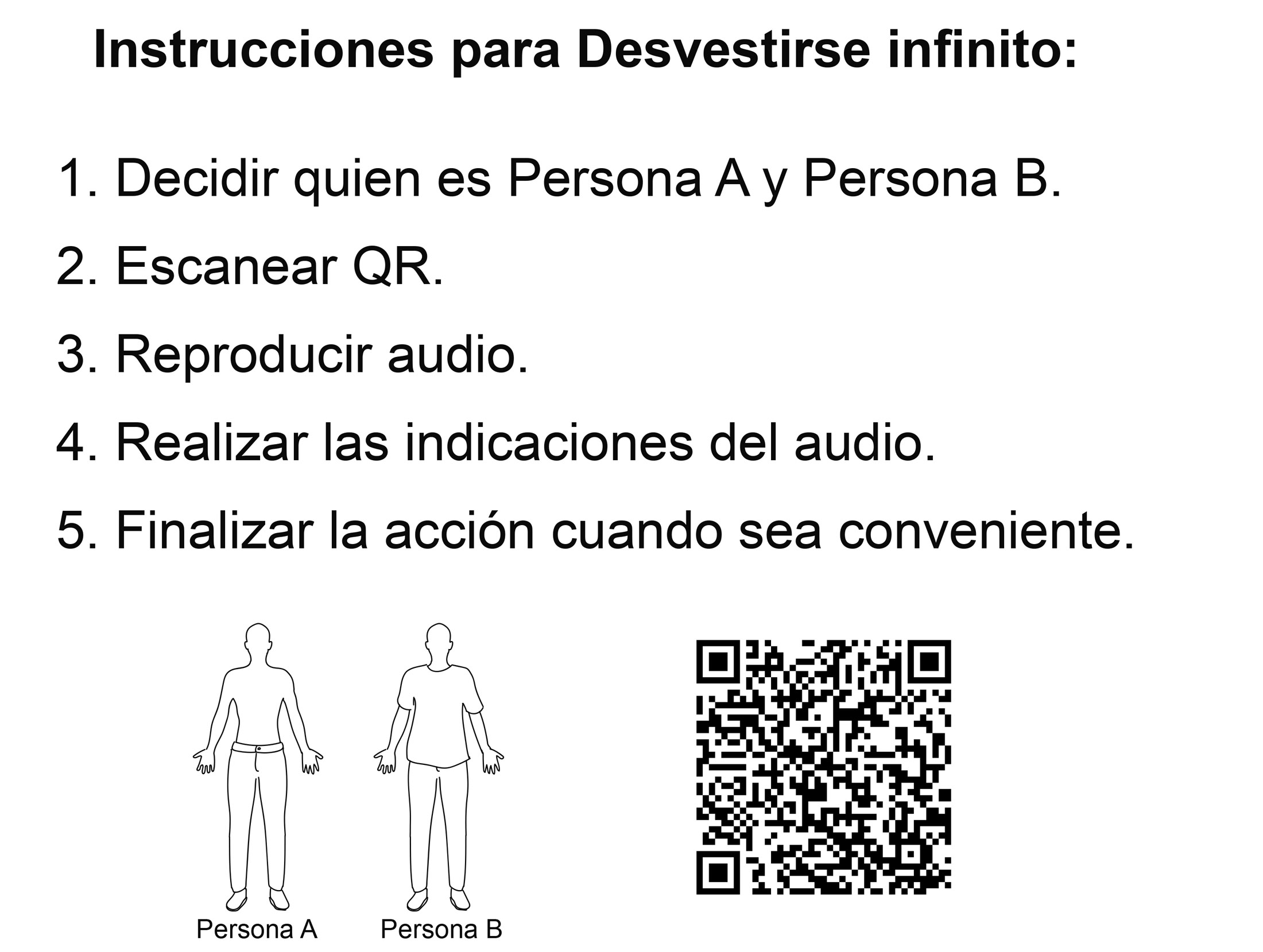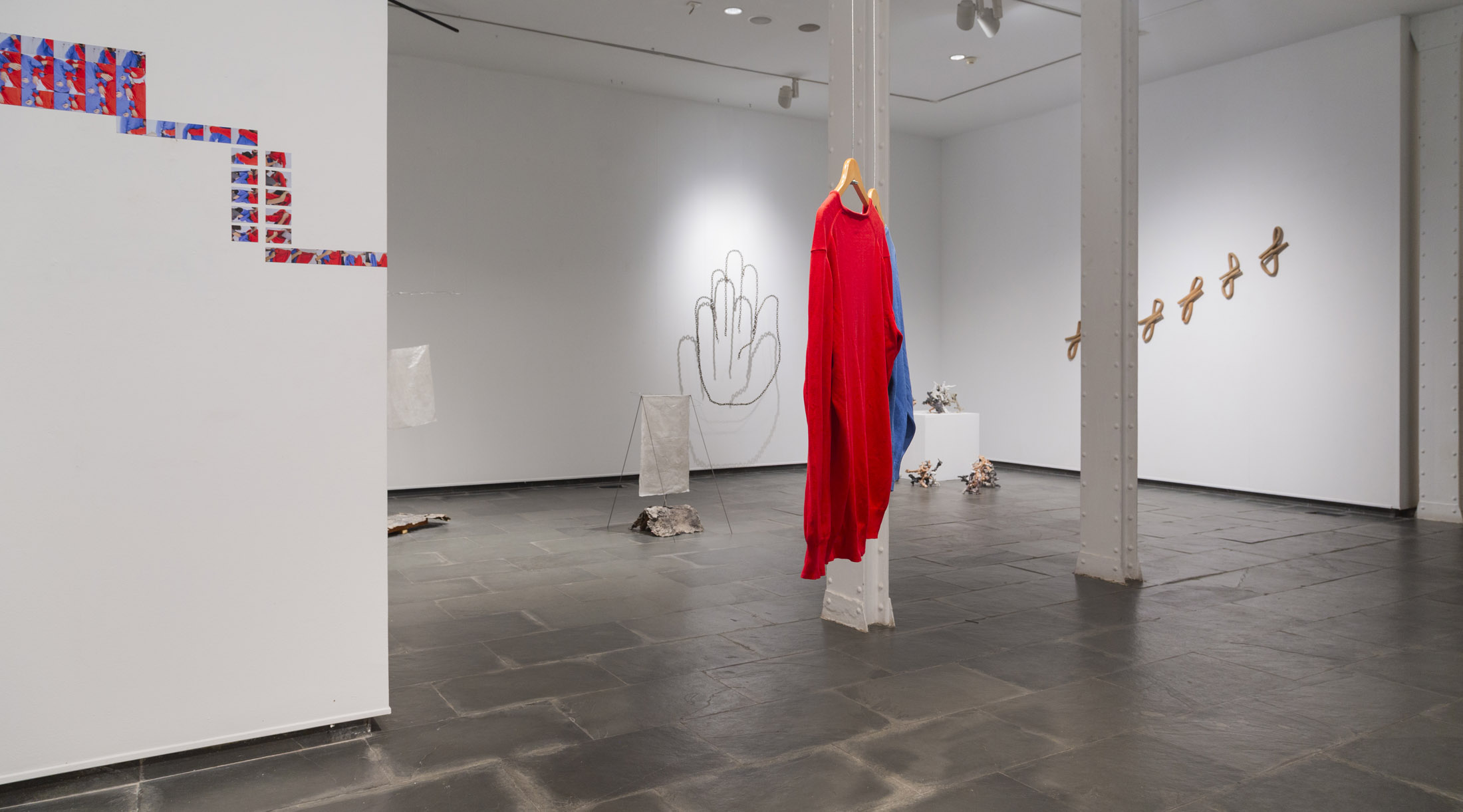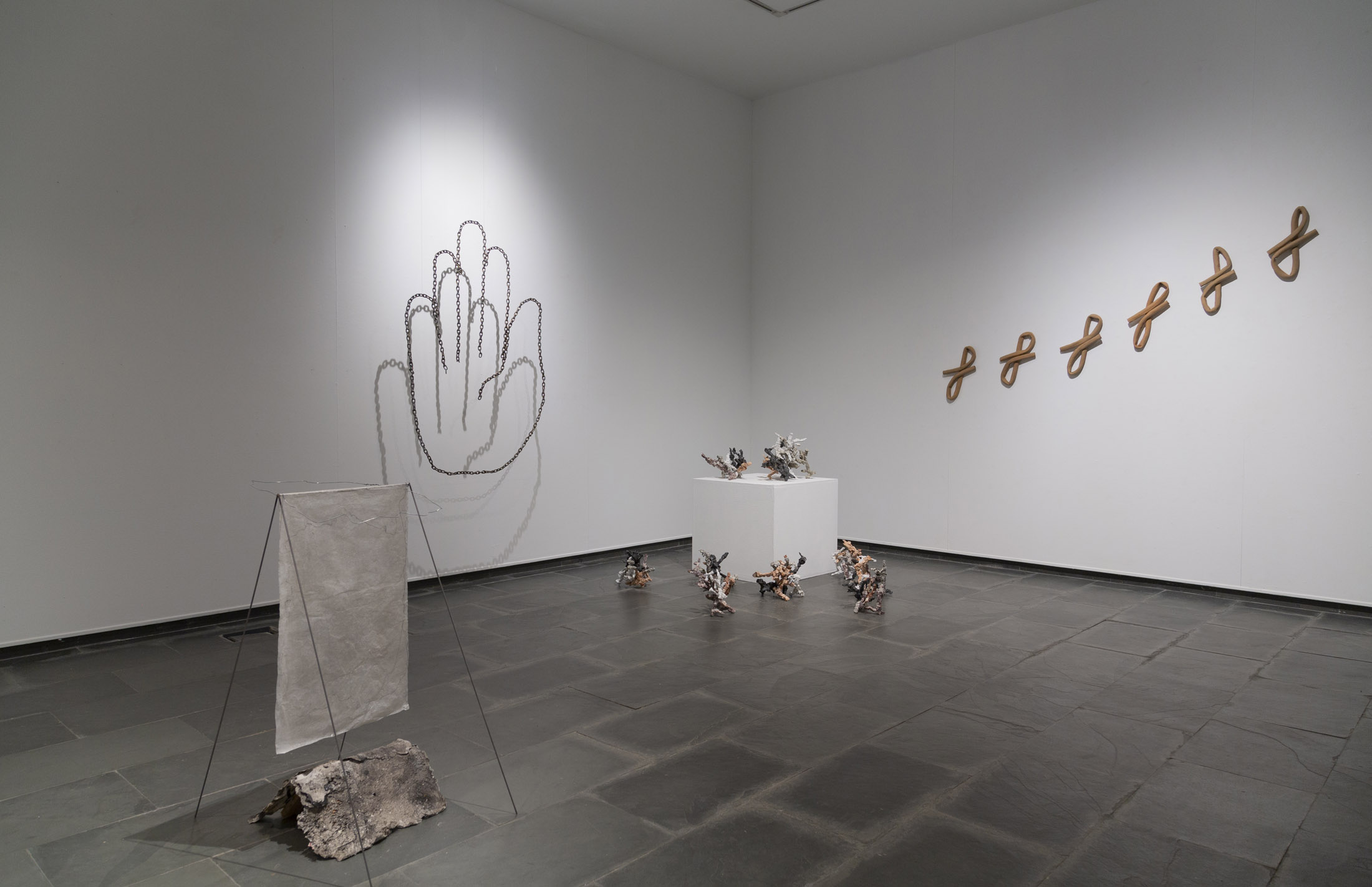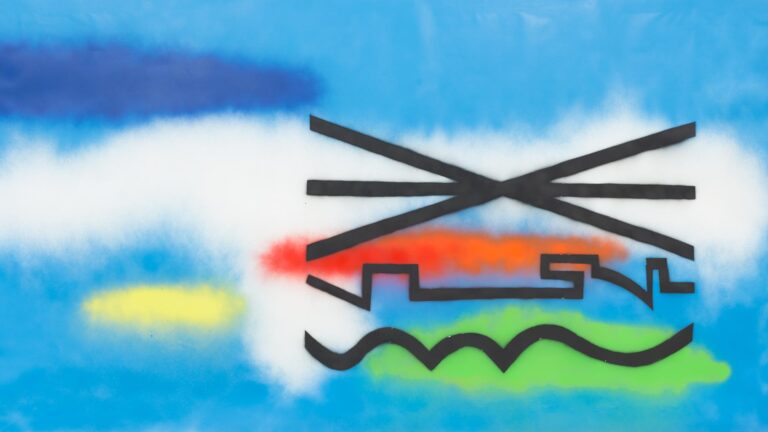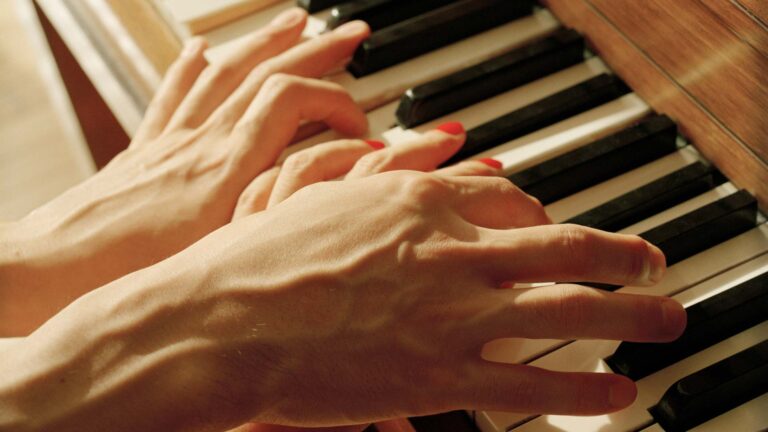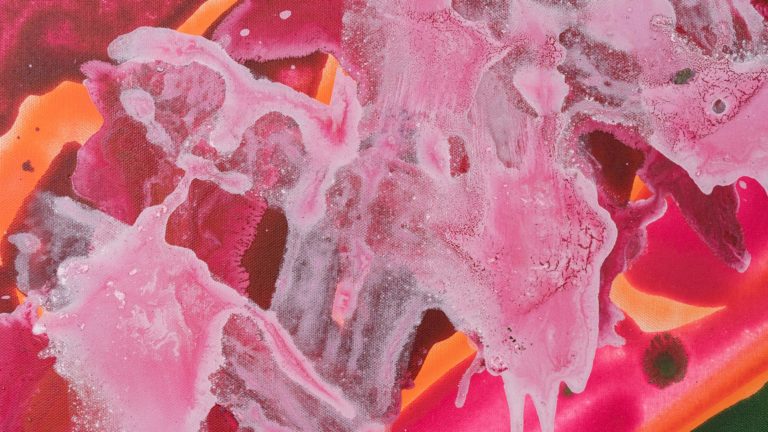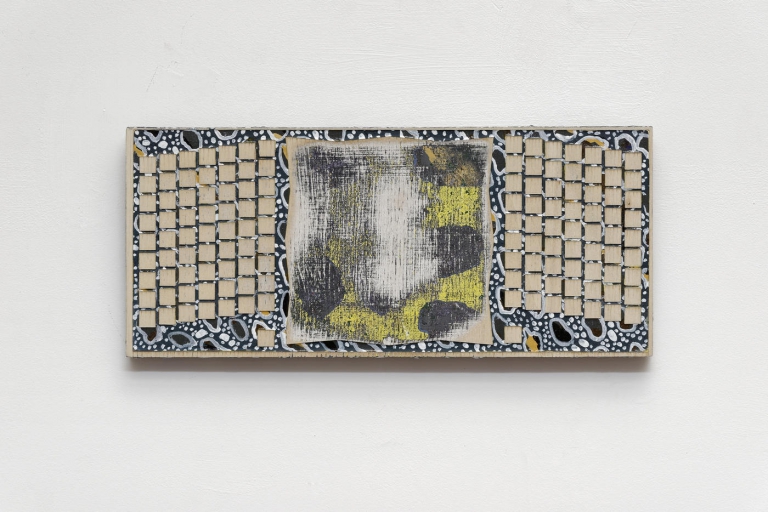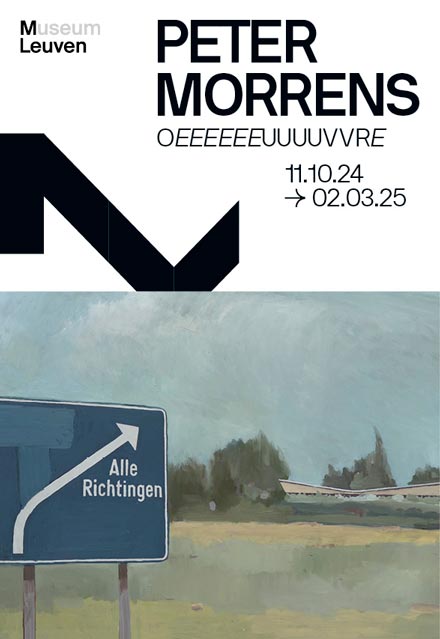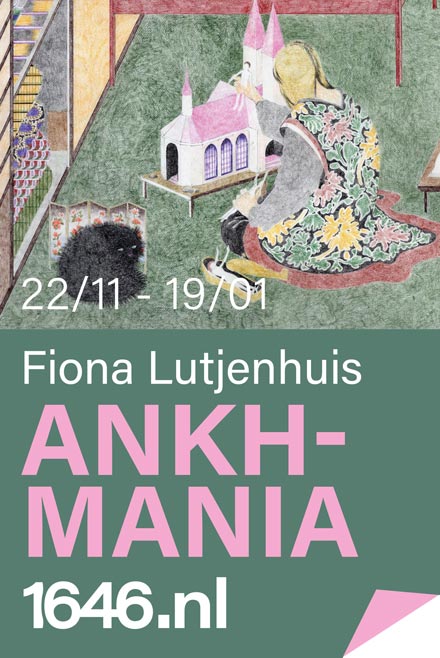Artists: Chema Rodríguez, Fernando García Méndez, María Fernández, Marta Castro
Exhibition title: Fría Piedra En Suave Carne
Curated by: Regina Pérez Castillo
Venue: Galería Isabel Hurley, Malaga, Spain
Date: November 16 – December 16, 2023
Photography: all images copyright and courtesy of the artists and Galería Isabel Hurley, Malaga
The roots of western sculpture lie in the myth of Pygmalion, the legendary king of Cyprus who fell in love with the ivory statue of a woman, crafted by him and into whom the goddess Venus breathed life. It tells the story of now the apparently magical properties of a carved three-dimensional body that faithfully represented the human body was brought to life and became a breathing being. Javier Maderuelo said of Michelangelo Buonarroti’s work. “the cold stone was converted into soft flesh”.
The tradition that considers the sculptor as a “maker of life”, a powerful creative force, a demiurge capable of modelling the human figure and endowing it with a soul is as old as man himself. The mythology of the act of creation will weigh heavily throughout the history of Western sculpture since the principal task of the sculptors will be to represent the human body.
Although the path of contemporary sculpture has decidedly removed itself from mere figuration, opting for the “presentation” in detriment to the “representation, the need to describe our corporeality, our material architecture (comprising flesh, bone and fluids) must heed, as Tom Flynn said, the projection of our body as a battle field for questions dealing with religion, sex and social classes.
Fria piedra en suave carne (cold stone in soft flesh) brings together the work of four young Andalusian sculptors: Chema Rodríguez (Cordoba 1988), Fernando G. Méndez (Coin, Malaga, 1988), Marta Castro (Sevilla, 1994) and Maria Fernández (Coin, Malaga, 1997). These artists’ pieces all embody a metaphorical construction around corporeality in which the cold material relates matters close to human affection and disaffection and narrates episodes peculiar to inter- and intra-personal relationships. Thus, the works propose reflections on love, protection, dialogue and growth as well as abuse or frustration. To do this the body is fragmented so that the absence or existence, the corporeality or bodily representation, does not exist, or is barely evident.
The skin, the body’s covering and leitmotiv of the exhibition is, at the same time, both the separation and the bond with reality and so admirably expresses the relation and the separation between the subject and the world in phenomenological terms. As Edmund Husserl asserted succinctly “an abysm of feeling truly opens between conscience and reality”.
ST (Epifania), 2023 by Chema Rodríguez, who works insistently from the poetics of material, is found in this liminal space. The shreds of skin, created with cellulose, resin, rice paper and wire that the artist places of a sort of dryer tell us about a body that has shed its natural protection. These remnants usher us to an ecdysis, the process by which some reptiles and insects discard their outer covering to allow for growth. Rodríguez who has long been exploring the Greek concept of ousía (the substance or essence of being), proposes a reflection of the mutation of this essence that, little by little, detaches itself from heavier tissues to rise and attain a lighter, more ethereal state. In this sense the body is not simply a building element but also the constructed building itself and because of this it is able to leave an impression through its actions and it own metamorphosis. The impressions and the remnants show the passage from one state to another, heralding the event.
Fernando G. Méndez’s work Piedra que quiere ser montaña, 2023, is also concerned with the construction of the body that is also the fashioning of the subject. Through this group of pieces the artist from Malaga explores the micro- and macro-scopic relations of the indiviual always represented as a sculpture so that the small, imperfect cubes of marble from different veins evoke the creation of a hybrid being or possibly the quantum structure of matter. At all events, one fragment bonds with another and another to become a larger being. Its eminently imperfect and humble structures instill beauty in their aspiration to become larger. Méndez insists on the constructive and collaborative factor in Soplo, 2023, a grouping of arteries that functions as a musical instrument. These ceramic pipes need the breath of an outsider to come to life and play. Their shape creating the letter “F” is not arbitrary. It is a nod to the name of the author (one is complemented by the other). The links comprising Figura, 2023, are also individual entities that when joined together create a whole, in this case, a hand – symbol of the creation and human deeds. However a chain cuts off the profile, limiting its capacity for invention and production. Hence the frustration.
Limits, frontiers and distances are also the back bone of this exhibition. Marta Castro has devoted a large part of her work to exploring the home and its definition either as a refuge or a prison. It is not unexpected, therefore, to find that this artist’s contribution is expressed by architectonic elements, such as, specifically, friezes that become a kind of back(bone). Función barrera, 2023, is the title of one of her works because a very important function of the skin is that of a “barrier” to protect against external agents and control the body temperature. Castro establishes an interesting parallelism between the protective character of the skin and that of the home: the double protection under which we constantly remain. Although her pieces do invoke ideas of shelter, refuge or help, they also imply an important obstacle that prevents the processes of osmosis and blending (a jealous love, perhaps). One of the synthetic transpositions from Proyecto 9m2, 2021-2023, is also incorporated in the exhibition: the dermis of a wall that has sustained the experiences of a family and hangs, exhausted, before us.
Clothing is a second skin, something that preserves the material and immaterial testimonies we are witness to and the rituals and cultural situations in which we recognise ourselves. This is now María Fernandéz, who plys the poetic potential of clothing, interprets it. The artist takes used garments and stitches them together, creating strange combinations for instance by sewing two jackets together at their seams. This is not merely an empty textile experiment. Rather, it a form of sociological sample seen through apparel: the compositions reproduce different types of links (friendship, animosity, tensions, abusive or angry situations…) which, nontheless are not completely set in motion without an individual to wear them and bring them to life. Understanding her work is, therefore, an intellectual process. Mecanismo para pasear juntos II, 2023, or Instrucciones de mecanismo para encontrarse/distanciarse, 2023, project different types of relationaships which arm themselves in our imagination and continually tell is how we human beings love and hate through our bodies. The drawings and videos shown with the textiles complement her research process and converse playfully with them.
Merleau-Ponty asked what did it mean to be a body when trying to explain the essential relationship between man, everyday life and the experience of being-in-the-world. Applying the four artists’ propositions we can fathom the infinite forms of what a body might be, its changing, wavering character and the multiple interpretations it can generate. The artists exhibiting here have managed to endow the material with an expressivity and a poetic that sends us into life, precisely to a world of emotions that belongs to us but is difficult to analyse.
Regina Pérez Castillo, Curator
Diana Mathieson, translator

